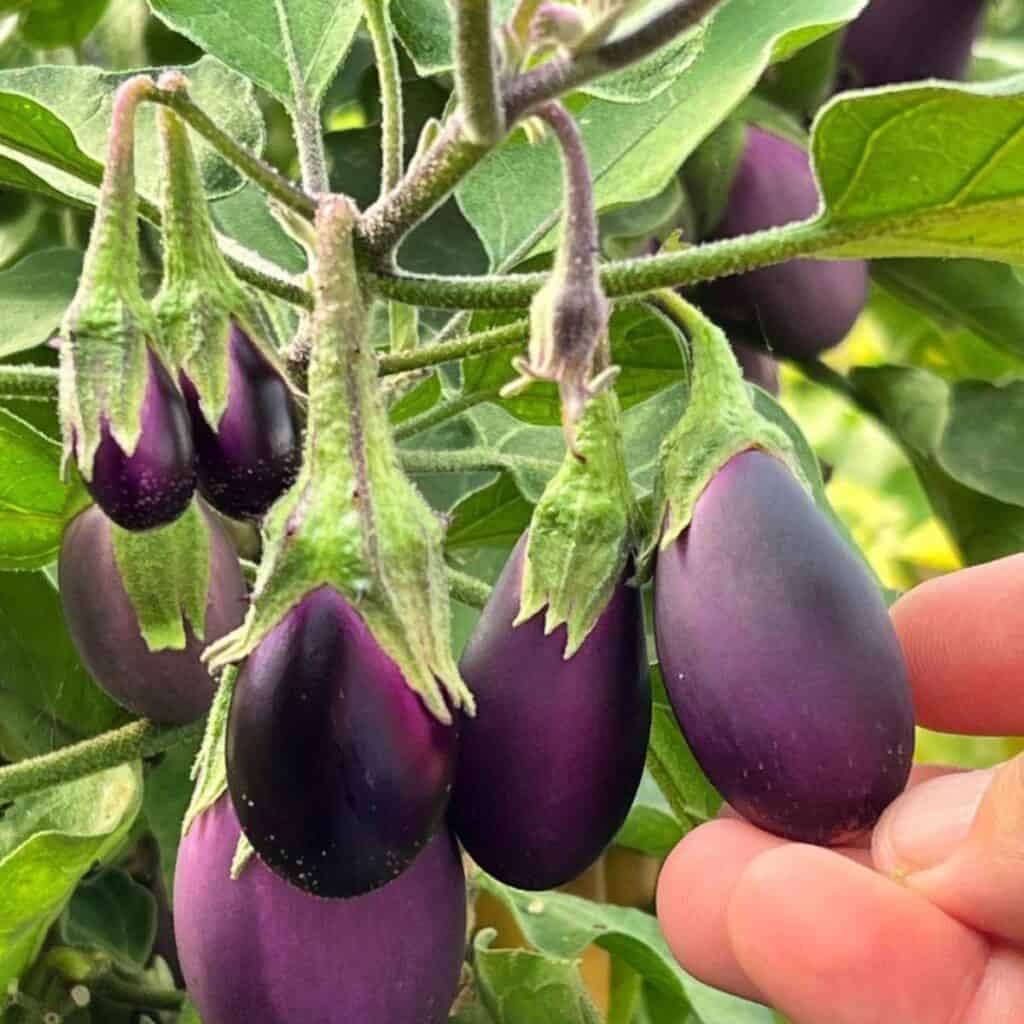Gardening in sweltering summer heat can be challenging, but choosing the right vegetables can make all the difference.
Some plants are naturally adapted to thrive in high temperatures, ensuring you get a bountiful harvest despite the scorching weather.
Which vegetables can withstand the intense summer heat while still providing delicious and nutritious yields?
This article will explore ten resilient vegetables perfect for hot-weather gardening, helping you maintain a productive garden even during the hottest months.
#1 – Tomatoes
Tomatoes are ideal for your summer garden since they thrive in hot conditions. Temperatures between 70 and 85 degrees Fahrenheit are ideal for them to grow. Even low 90s degrees are not too hot for them.
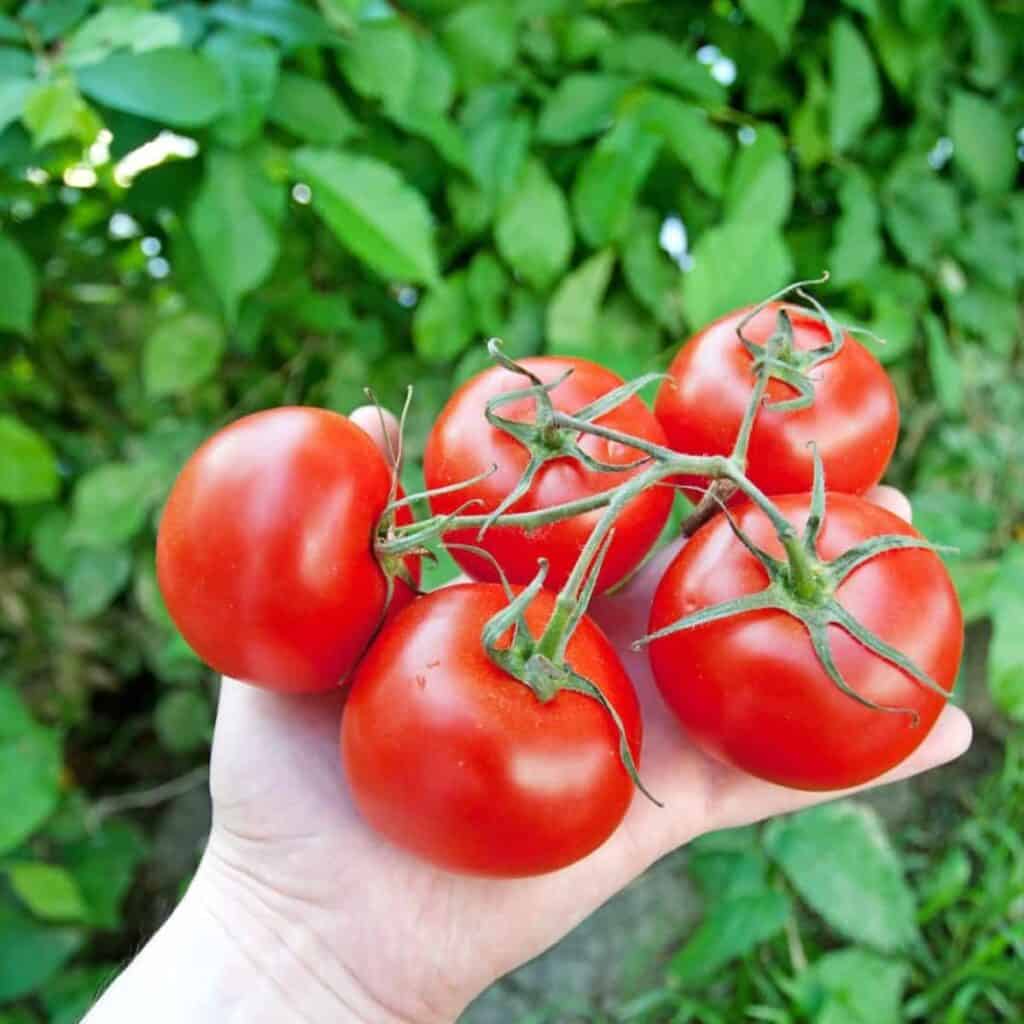

You may grow a wide range of tomato varieties. Popular varieties include “Cherry,” “Beefsteak,” and “Roma.” Each has a distinct flavor and texture.
Select a sunny area in your yard to produce tomatoes. Verify that the soil has good nutritional content and drainage.
Water them frequently, but keep the leaves dry to avoid spreading disease.
Consider “Heat Master” or “Solar Fire” if you’re searching for heat-resistant cultivars; these were bred especially to endure high temperatures.
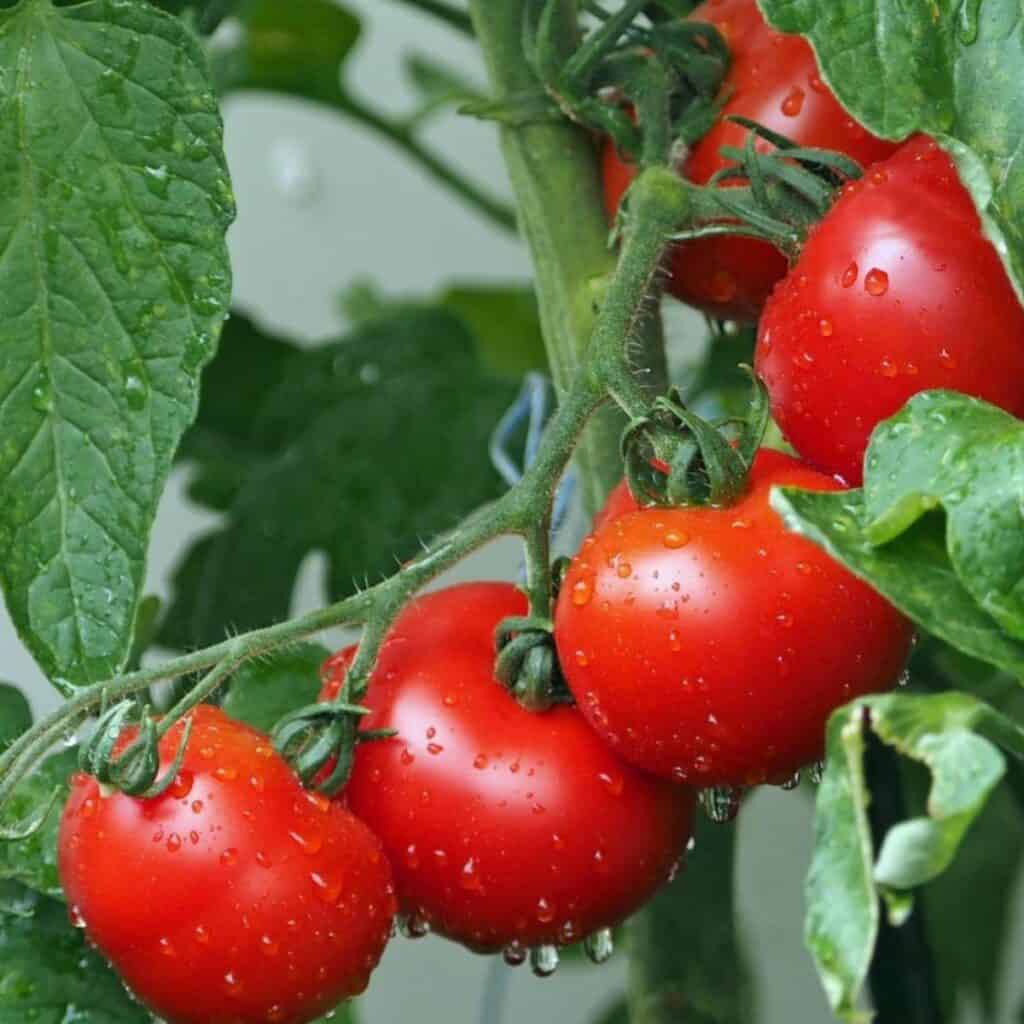

Tomatoes can be used in many dishes. You can add them to salads and sandwiches or make fresh salsa. They are also great for canning and preserving.
For the best results, support your tomato plants with stakes or cages. This helps them grow upright and keeps the fruit off the ground.
Regularly check for pests and diseases to keep your plants healthy.
#2 – Peppers
Peppers are perfect for hot climates. These vegetables thrive in temperatures ranging from 70 to 85 degrees Fahrenheit. They can even handle the weather in the low 90s.
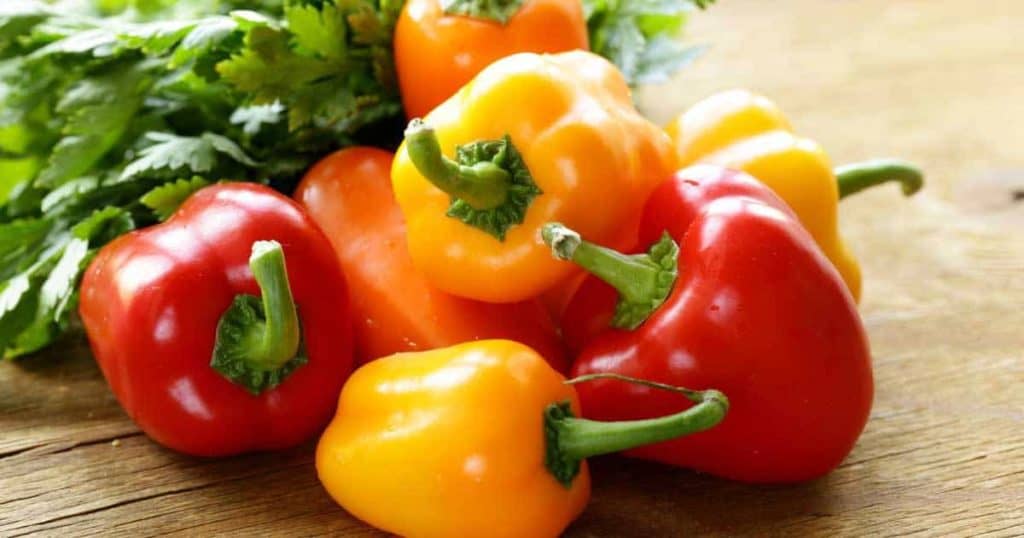

Varieties like bell peppers, jalapeños, and habaneros are well-suited for hot weather. For the best results, choose heat-tolerant cultivars.
Peppers need direct sunlight. Ensure they get six to eight hours of sunlight a day at the very least. This aids in the development of their hues and flavors.
Peppers require regular irrigation. Make sure the soil is constantly damp but not soggy. Mulching can keep roots cool and help maintain soil moisture.
Start your pepper plants indoors eight to ten weeks before the latest anticipated frost. When the dirt thaws, transplant them into your garden.
Growing peppers on soil that is well-drained and rich in organic matter can promote growth. Regular fertilizer feeding with a balanced formula is beneficial for peppers as well.
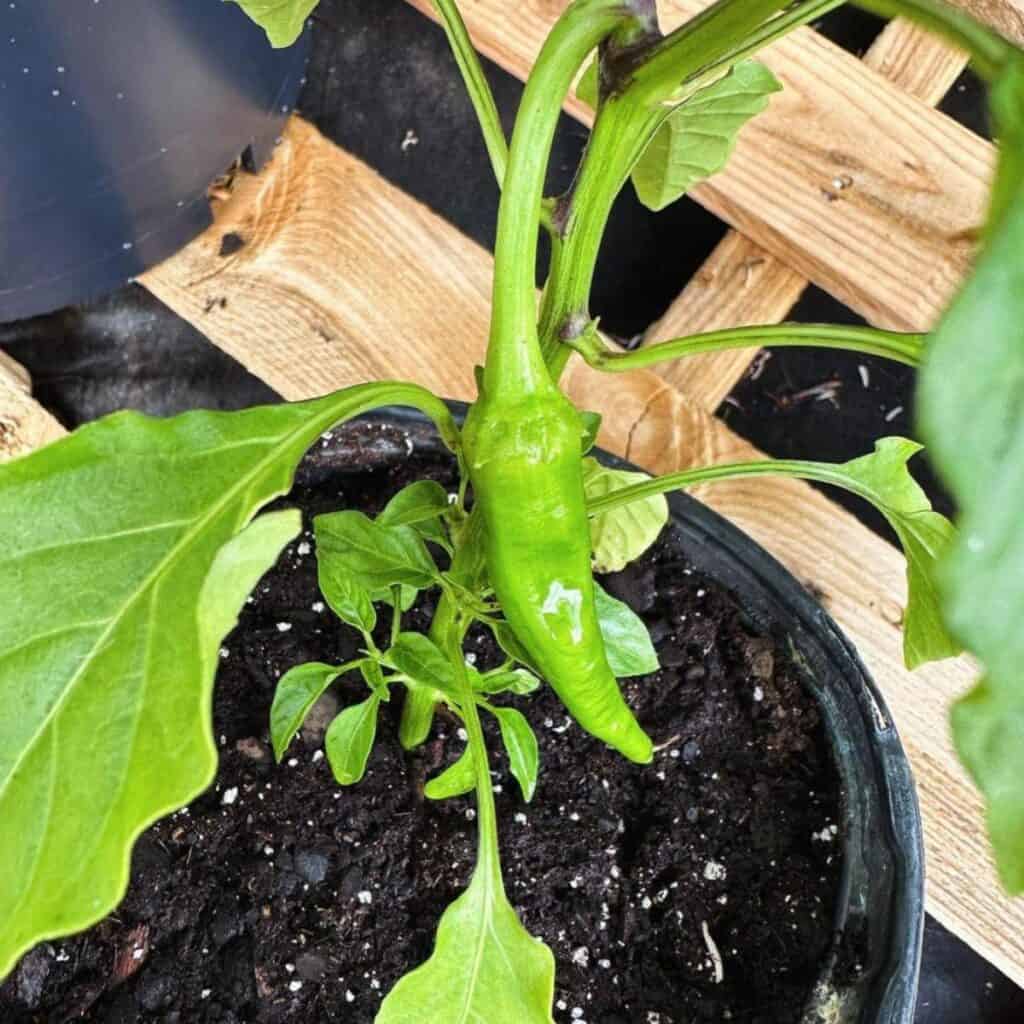

Keep pests like spider mites and aphids away from your pepper plants. Check the plants frequently, and if needed, apply natural insecticides.
If you follow these steps, you can enjoy a bountiful harvest of peppers all summer. Peppers are versatile and can be used in various dishes, making them valuable to your garden.
#3 – Eggplants
In the summertime, eggplants are a great vegetable. Temperatures between 70 and 85 degrees Fahrenheit are ideal for their growth. Even in the low nineties, these heat-loving veggies flourish.
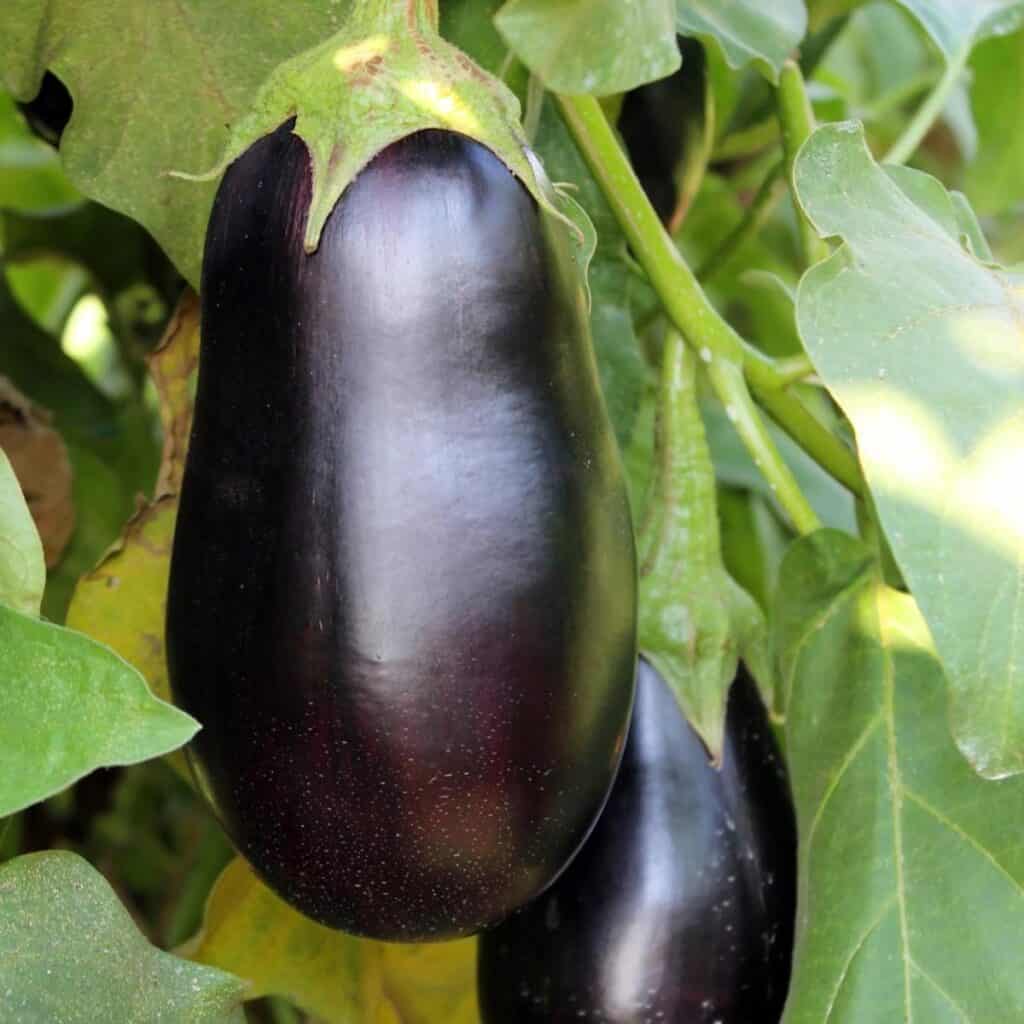

For best results, go for varieties like Ichiban or Black Beauty. You should use both in your summer garden. Sow them with full sun for optimal growth.
Water eggplants thoroughly but not excessively often. This aids in illness prevention. Adding mulch around the plants keeps the soil cool and wet.
Harvesting often will promote ongoing output. Select eggplants that are firm and glossy. This guarantees optimal taste and consistency.
You can have an abundant summer harvest of eggplants with the correct growing circumstances.
#4 – Okra
Okra is a heat-loving vegetable that thrives in hot and dry conditions. It is also known as “lady’s finger.” This vegetable is well-suited to sweltering summer heat and can handle extreme temperatures.
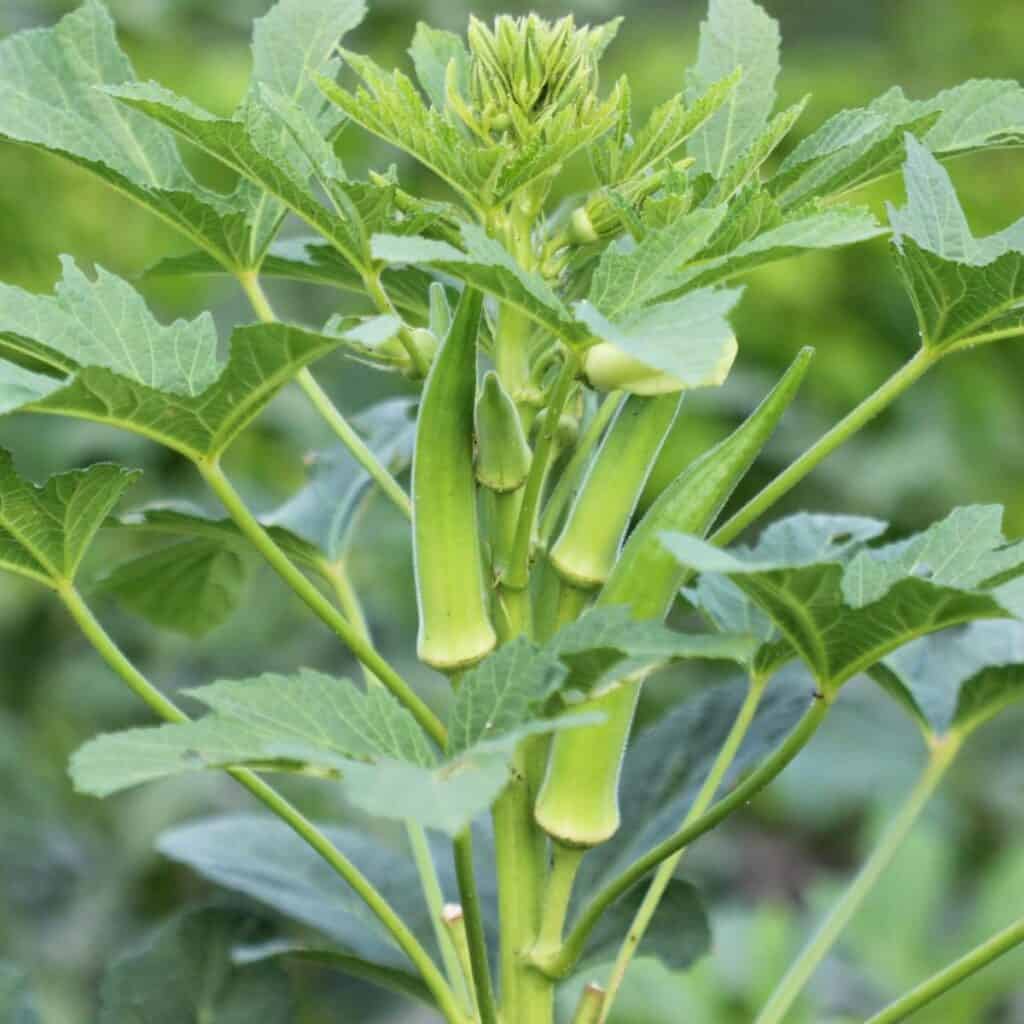

Grow okra in rich, well-draining soil. Ensure that the soil is continuously damp but not soggy. Mulching can aid in moisture conservation and stop weeds from taking over.
Full sun is necessary for okra to grow effectively. Give your plants 8 to 12 inches of water at a time. This guarantees that on hot days, the roots receive adequate moisture.
Okra should be harvested frequently. Harvesting the pods frequently promotes the plant to yield more. You could occasionally need to harvest every day to maintain high production levels.
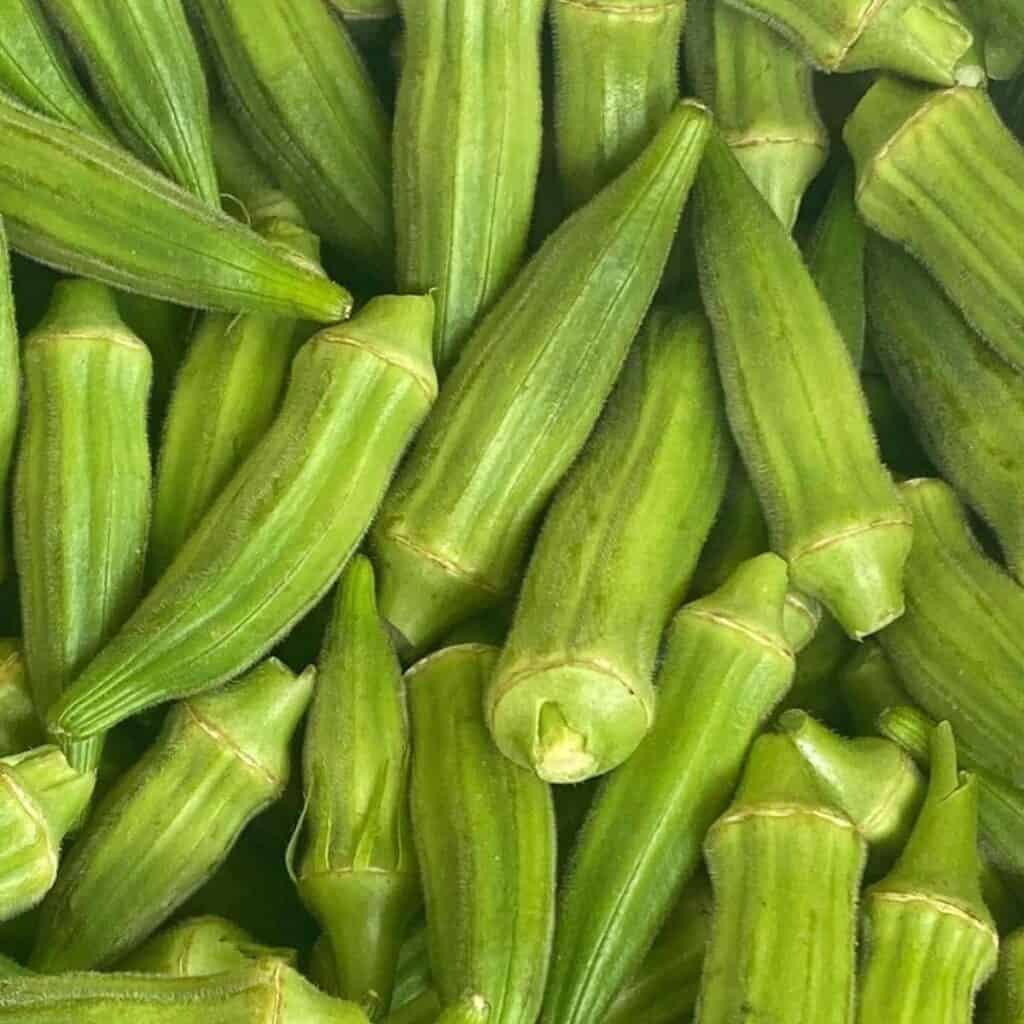

If variety is what you’re after, two well-liked options for home gardens are Clemson Spineless and Annie Oakley II.
In hot climates, okra is a reliable and productive addition to your garden. It can be used in soups, stews, and frying, making it a versatile summer vegetable.
#5 – Cucumbers
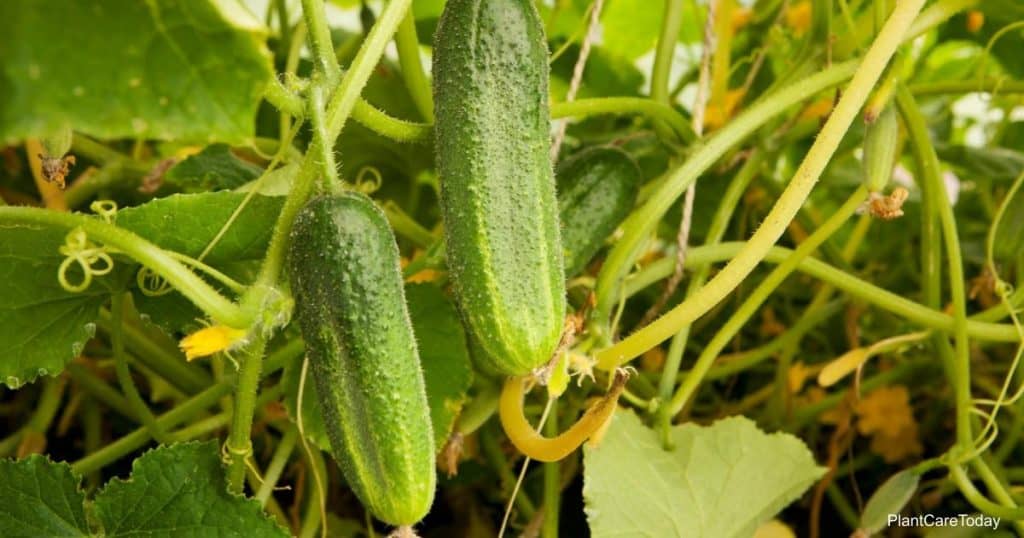

Cucumbers are refreshing summer vegetables that thrive in hot weather. In the 80s to 85s, the Fahrenheit range is ideal for their growth.
Many types of cucumbers are appropriate for different uses. Try the ‘Sweet Success’ and ‘Straight Eight’ types for slicing. “Eureka” and “Boston Pickling” are excellent pickling options.
Cucumbers prefer fertile soil that drains properly. Water the soil frequently to keep it moist. This promotes their rapid growth and well-being.
In the kitchen, cucumbers are very versatile. Use them like pickles for a tart snack or in salads for a cool crunch. On their own, they can also be consumed as a wholesome snack.
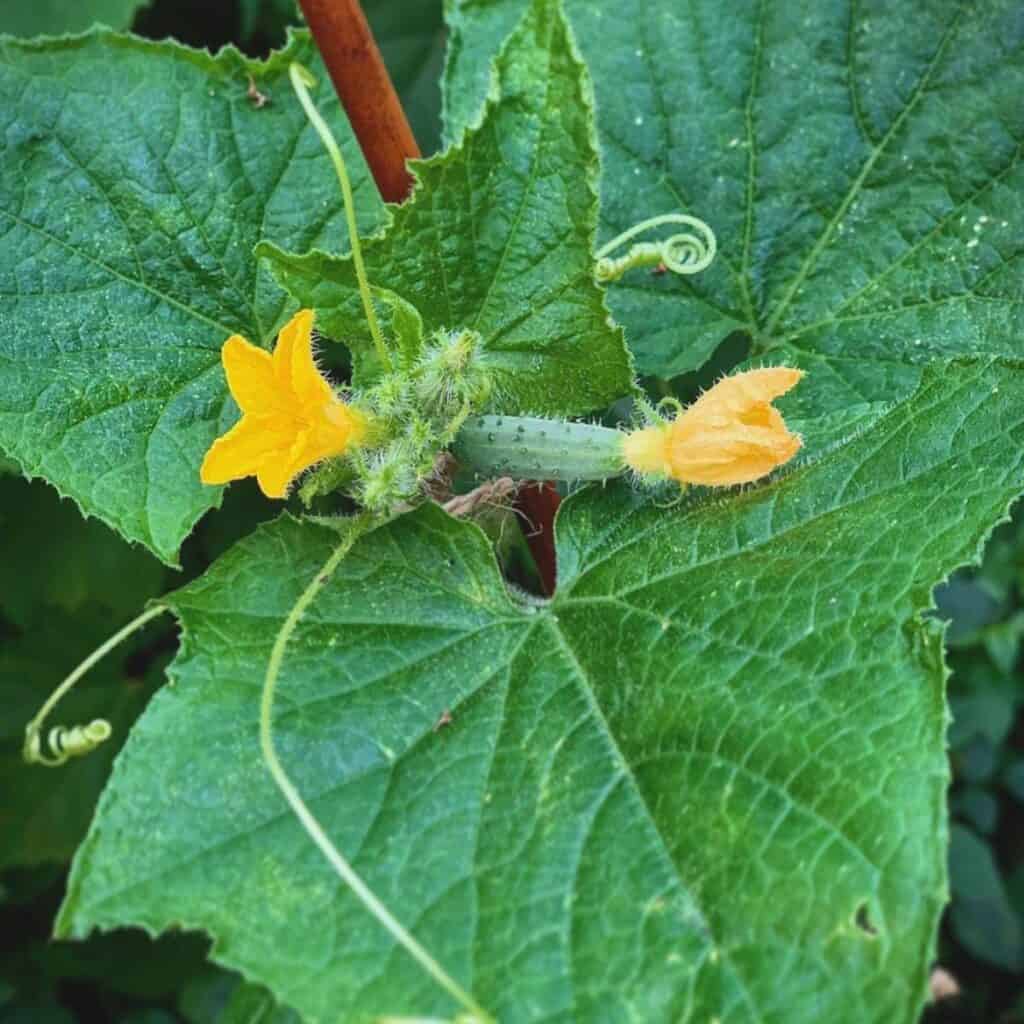

Harvest cucumbers when they are firm and still green. Don’t let them turn yellow, as they will become bitter. Enjoy your homegrown cucumbers throughout the summer.
#6 – Squash
Squash is a versatile vegetable that thrives in hot weather. It has several varieties, including zucchini, yellow squash, and pattypan.
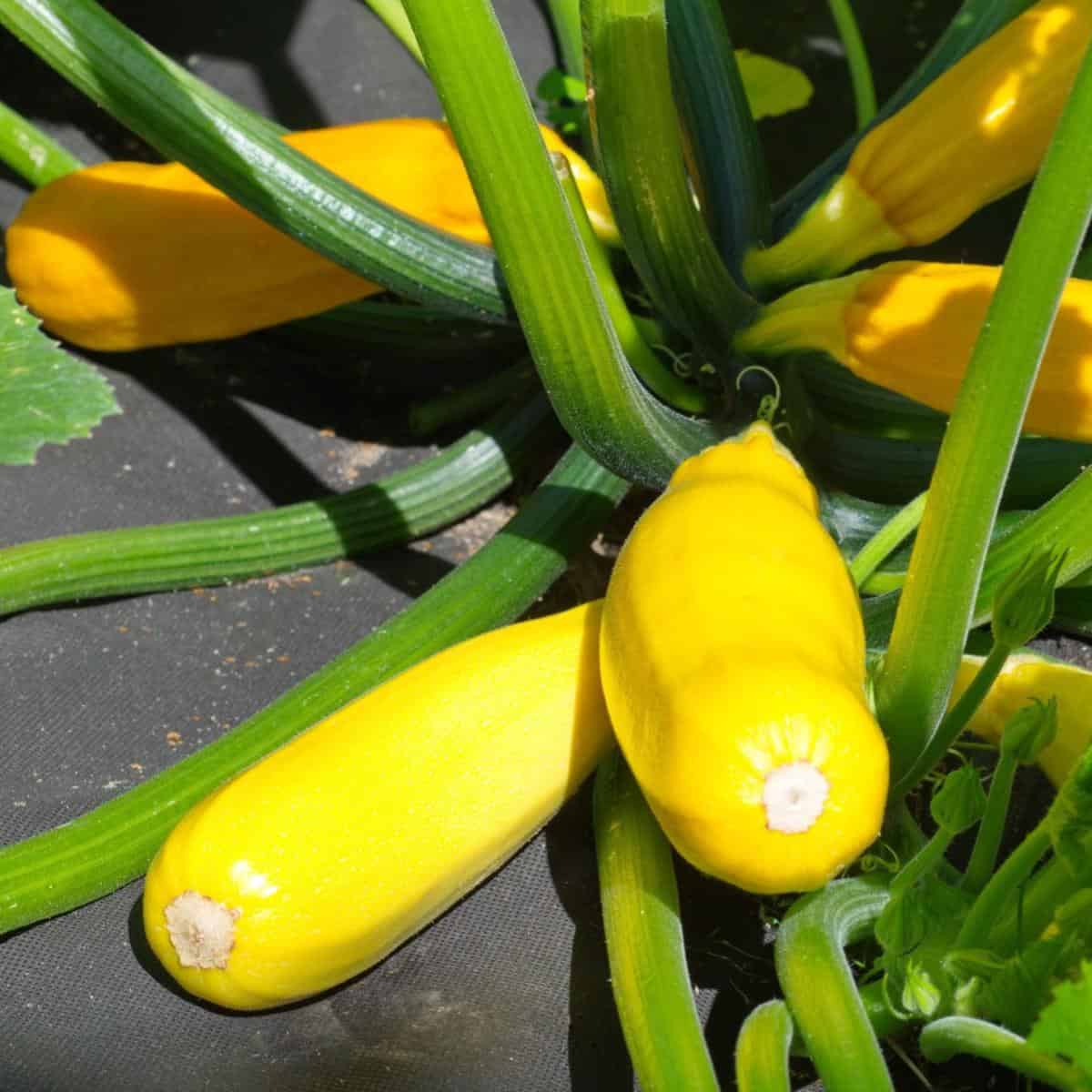

Zucchini is very popular and does well in temperatures above 70 degrees Fahrenheit. Its rapid growth guarantees a consistent supply all summer long.
A common ingredient in Southern recipes, yellow squash enjoys heat. Its subtle flavor complements a variety of cuisines.
Because of its unusual shape, pattypan squash prefers warm weather. When it is little, it can be collected for its sensitive texture.
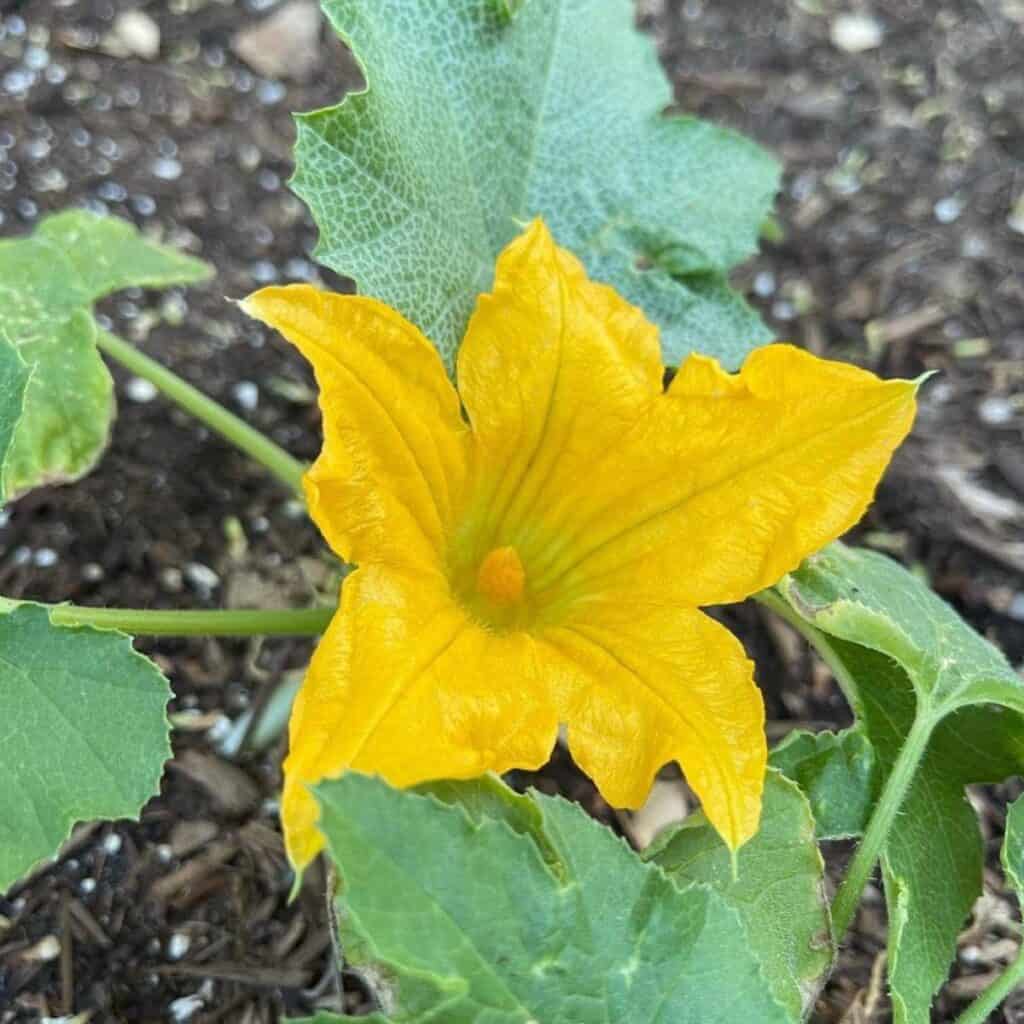

Ensure the soil drains well, and thoroughly water it once or twice a week. This maintains the health of the plants and promotes growth.
For the finest flavor, choose the squash when it’s still fresh and soft. This guarantees a mouthwatering crop throughout the summer.
#7 – Zucchini
Zucchini is a great vegetable for hot weather. It thrives in the heat and can handle the high temperatures of summer.
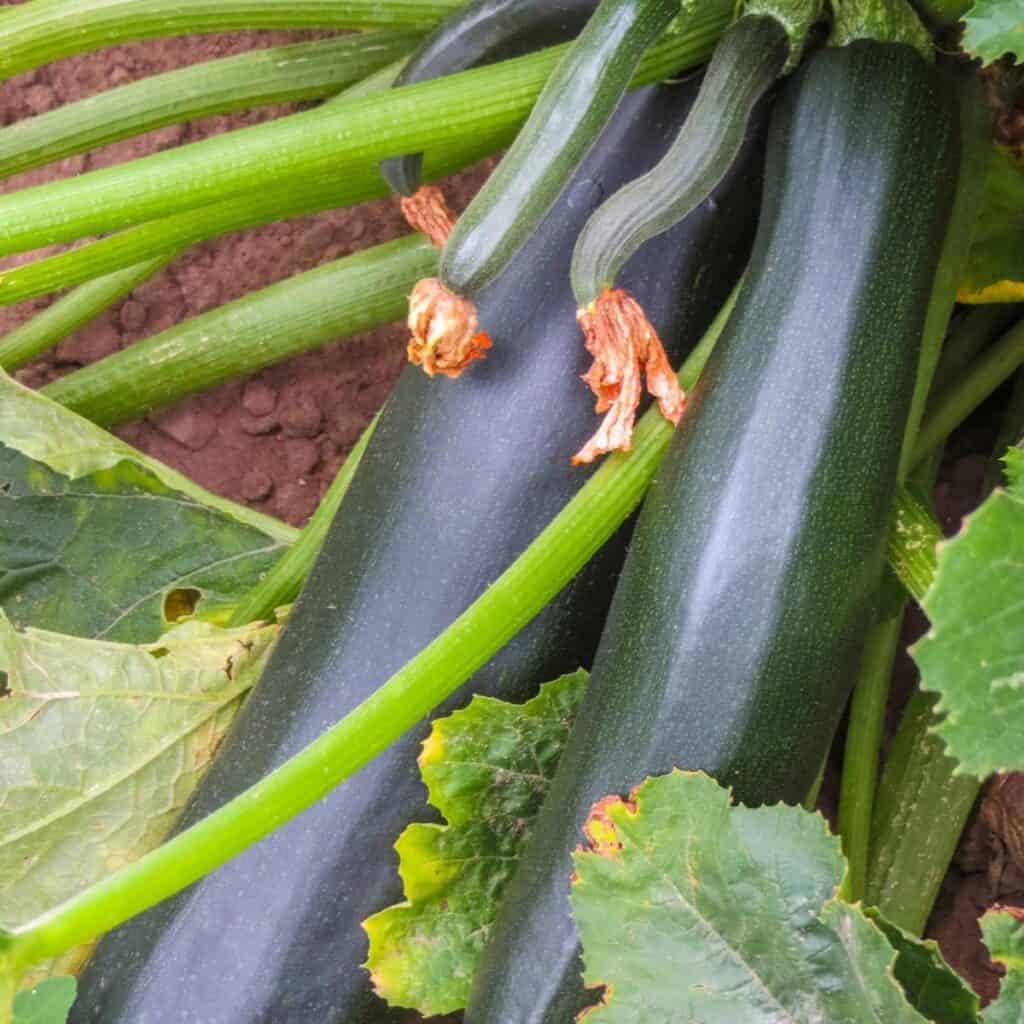

To grow zucchini successfully, plant it in full sun. This vegetable needs lots of sunlight to produce well. Ensure the soil is well-drained and rich in organic matter for best results.
Water your zucchini plants regularly. They need consistent moisture, especially during hot spells. Mulching around the plants can help retain soil moisture and cool the roots.
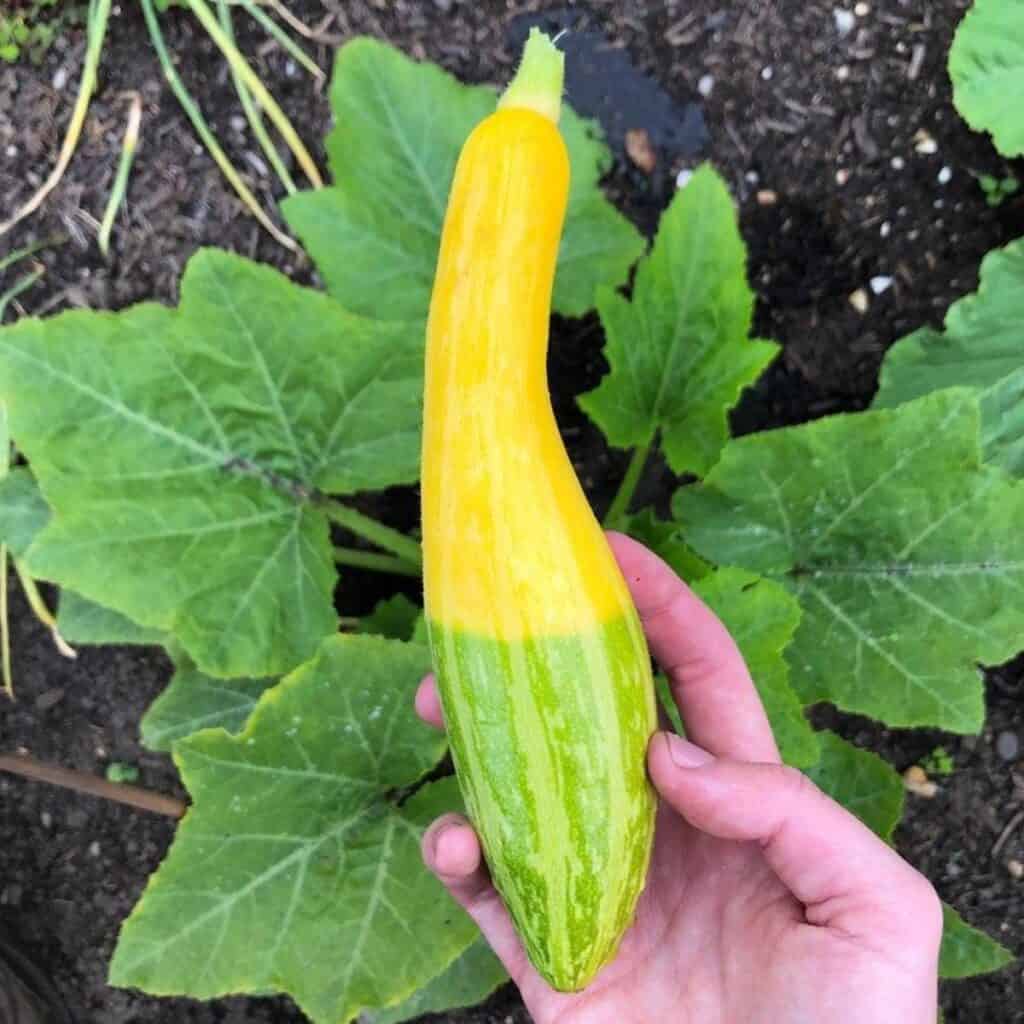

Zucchini plants can suffer from blistering sun. During the hottest part of the afternoon, you may need to offer some shade. This lessens the chance of damage to the fruits and foliage.
For even greater success, choose kinds that can withstand heat. Certain varieties, including “Black Beauty” and “Costata Romanesco,” can withstand high temperatures and stave off common ailments. See here for further heat-tolerant varieties.
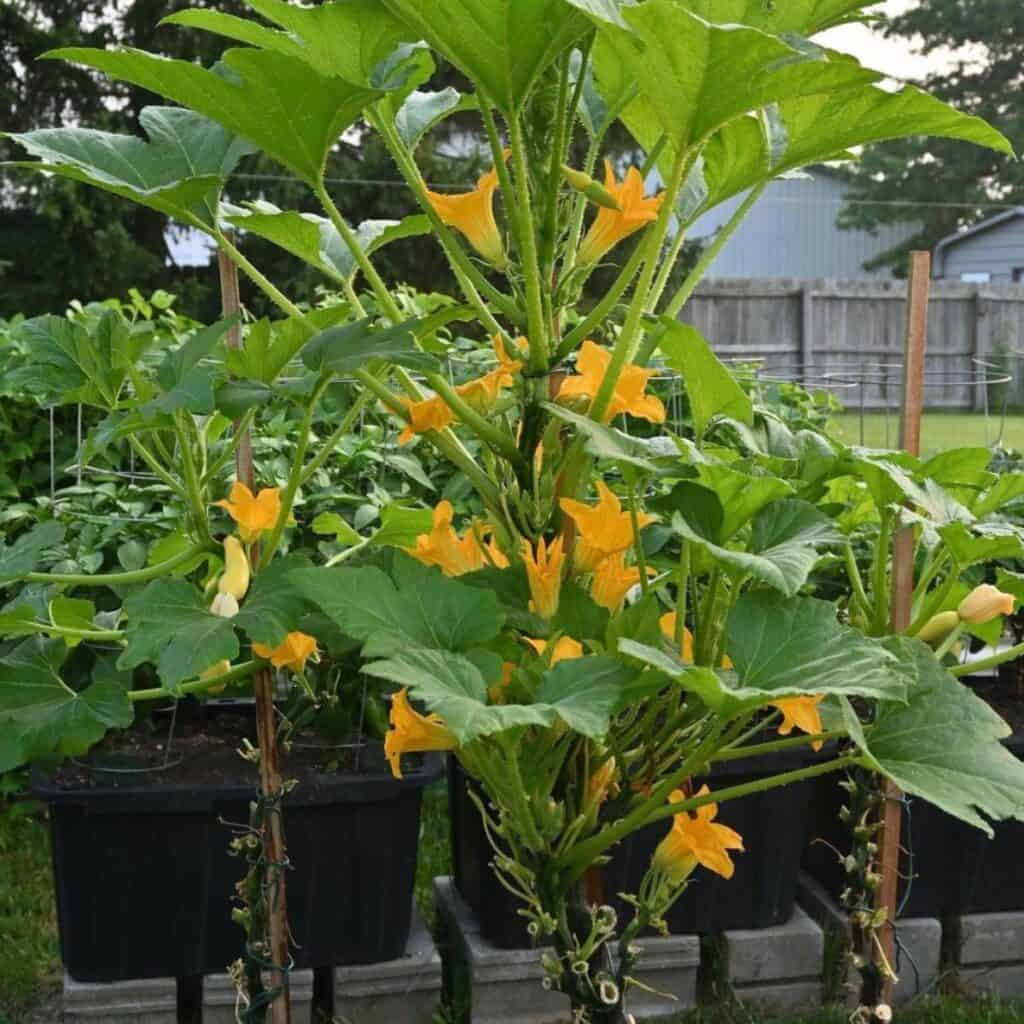

Frequent harvesting promotes increased zucchini yield. Choose the fruits for the greatest flavor and texture when they are tiny to medium-sized. Additionally, regular harvesting will keep the plants from growing too large and stressed.
These pointers can help you make the most of the zucchini in your summer garden.
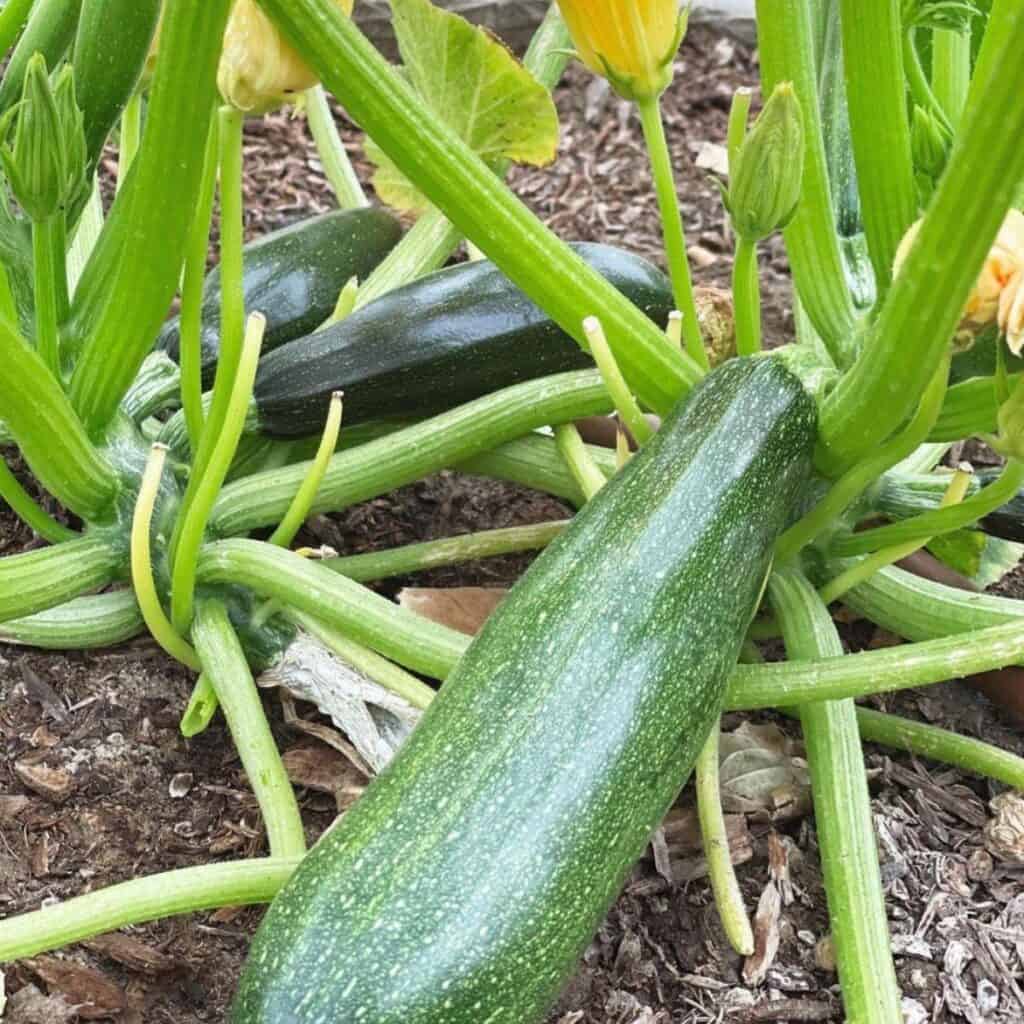

#8 – Sweet Potatoes
Sweet potatoes are a top pick for hot-weather gardening. They love warm climates and grow best in temperatures of 70 to 90 degrees Fahrenheit. These tubers are nutritious and delicious, making them a win-win for your garden and kitchen.
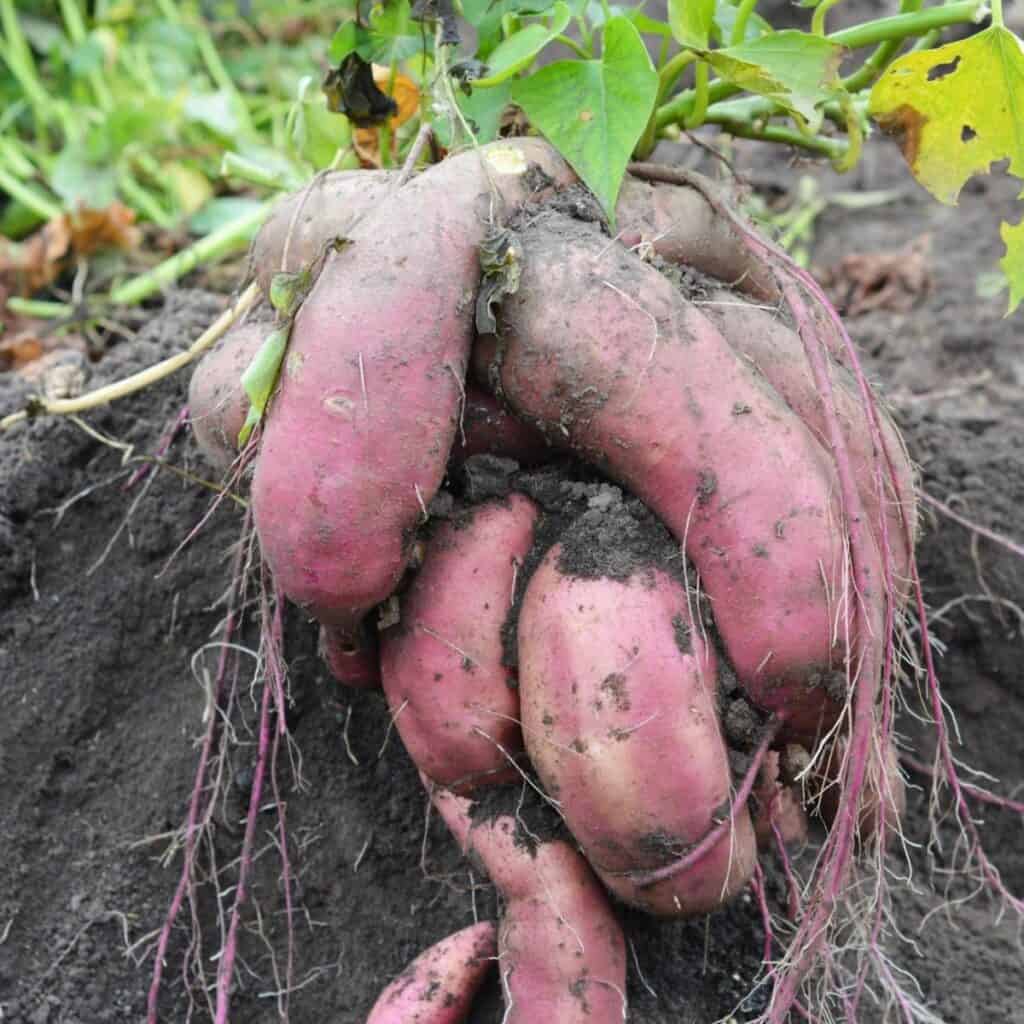

Sweet potatoes should be planted in sandy, well-draining soil. Maintaining damp but not soggy soil requires frequent watering. Watering plants correctly promotes growth without leading to root rot.
Sweet potatoes are native to tropical areas and have evolved to withstand long, sweltering summers. For optimal results, place them in a bright position in your garden, as they require lots of sunshine.
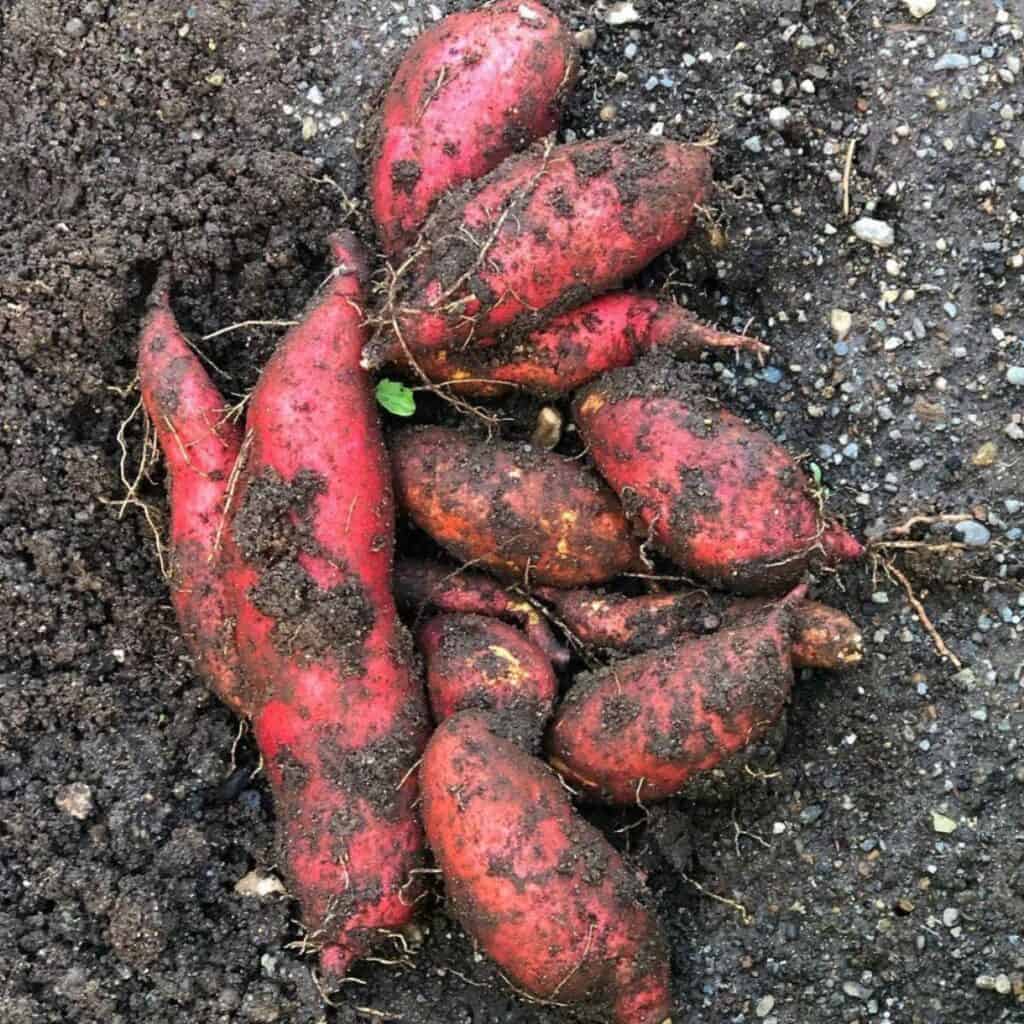

In addition to being heat-resistant, sweet potatoes are a great source of fiber and vitamins. Planting them in your garden can guarantee a summertime supply of wholesome meals.
For more tips on growing sweet potatoes, check out this guide.
#9 – Melons
Melons thrive in hot summer weather. Watermelons, cantaloupes, and honeydew are popular choices for warm climates. They need plenty of sunshine and well-draining soil.
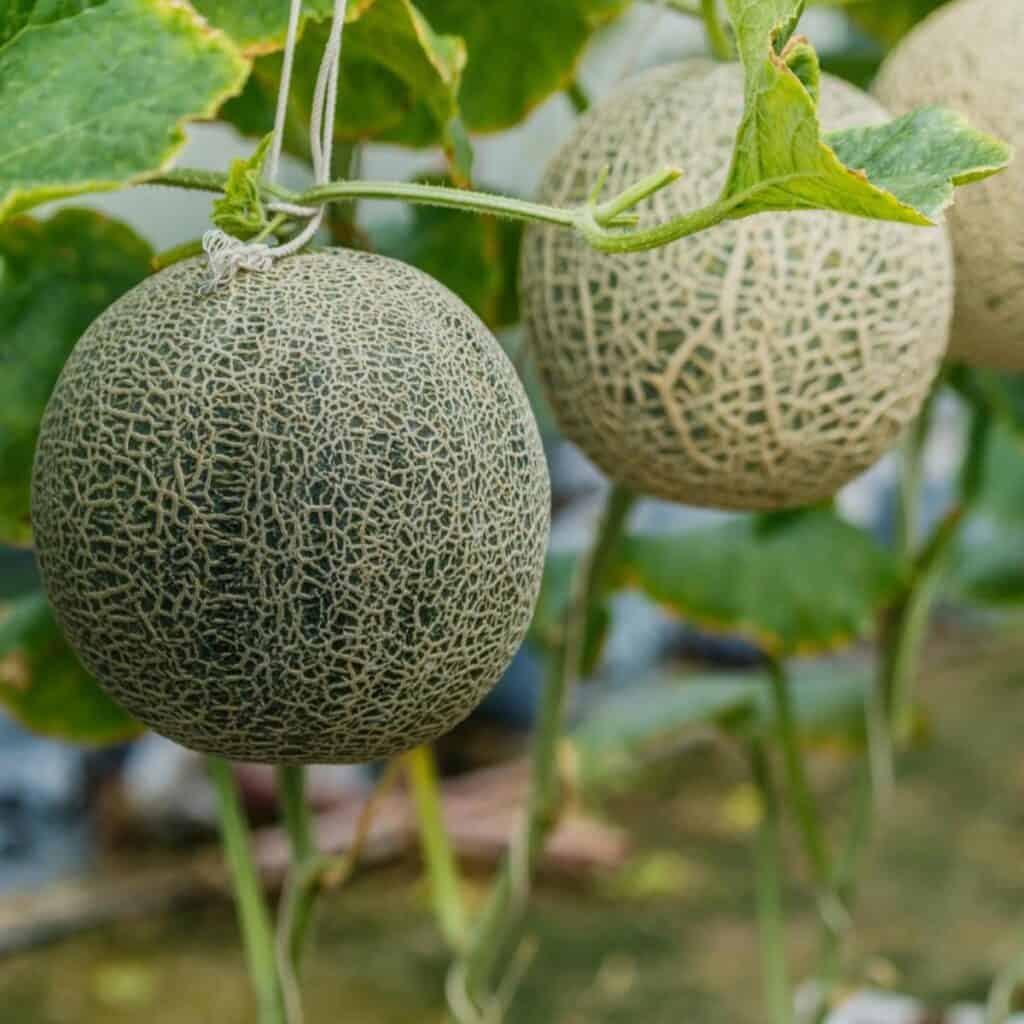

Watermelons prefer temperatures in the range of 80°F to 85°F. They require an abundance of water, particularly during the fruit-forming stage. ‘Crimson Sweet’ and ‘Sugar Baby’ are two varieties that work well in hot weather.
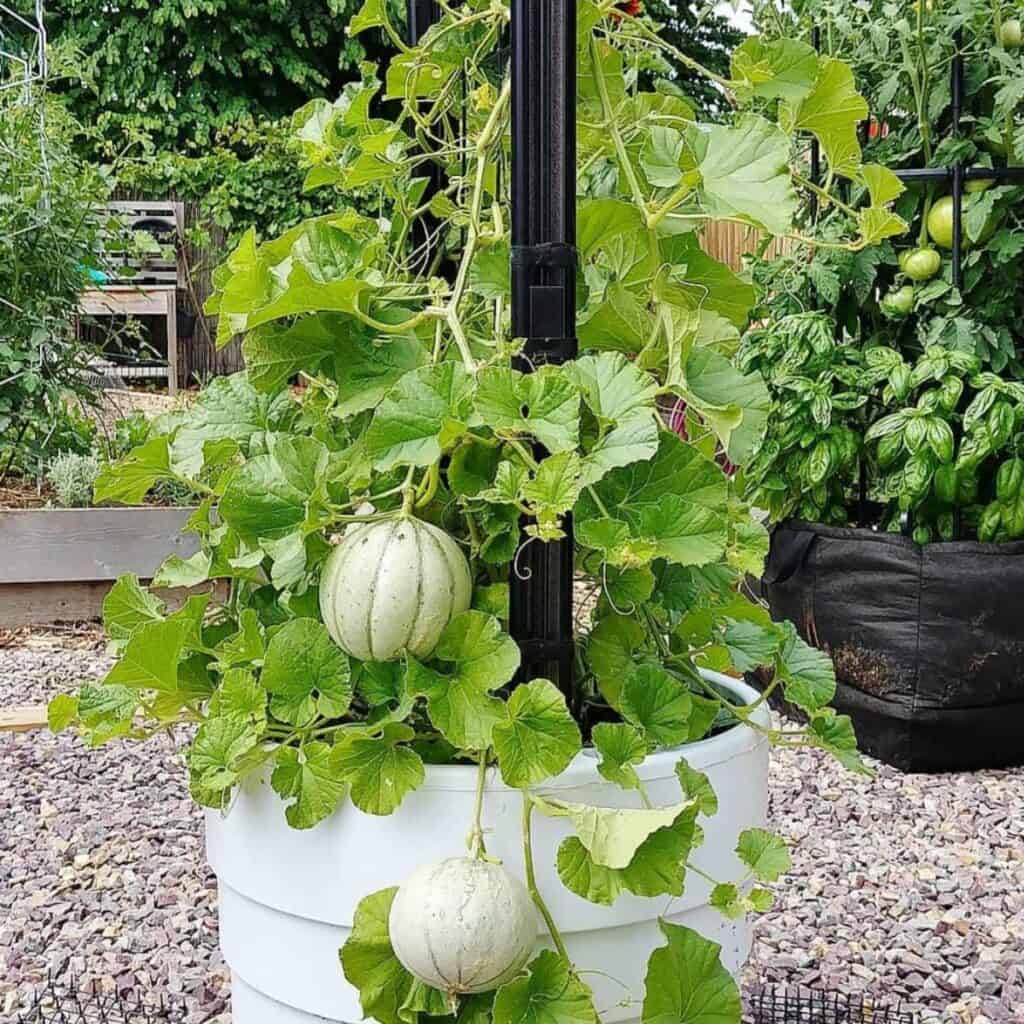

Honeydews and cantaloupes also enjoy the heat. Temperatures between 75 and 95 degrees Fahrenheit are ideal for cantaloupe growth. Top selections for warm weather growing are ‘Athena’ and ‘Hale’s Best.’ Honeydews require regular watering and enjoy similar environments.
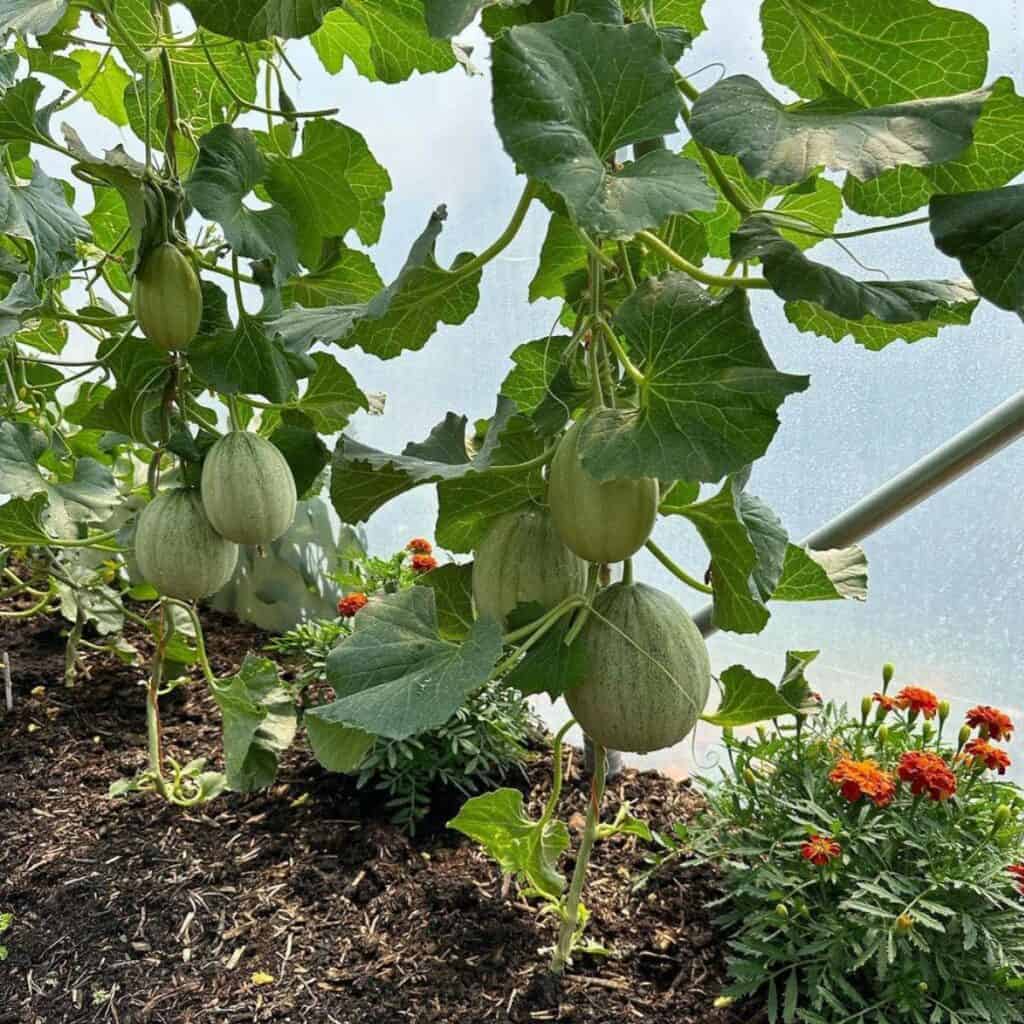

Space is needed for melons to spread out. Make sure they have adequate space to expand. Mulch can help retain moisture and lessen weed growth. Melons grown in warm climates produce juicy, delicious fruits for your summer meal.
#10 – Corn
Corn is a favorite for summer gardening because it grows well in hot temperatures. It prefers soil that drains well and full sun. Instead of planting corn in rows, plant it in blocks to maximize pollination.
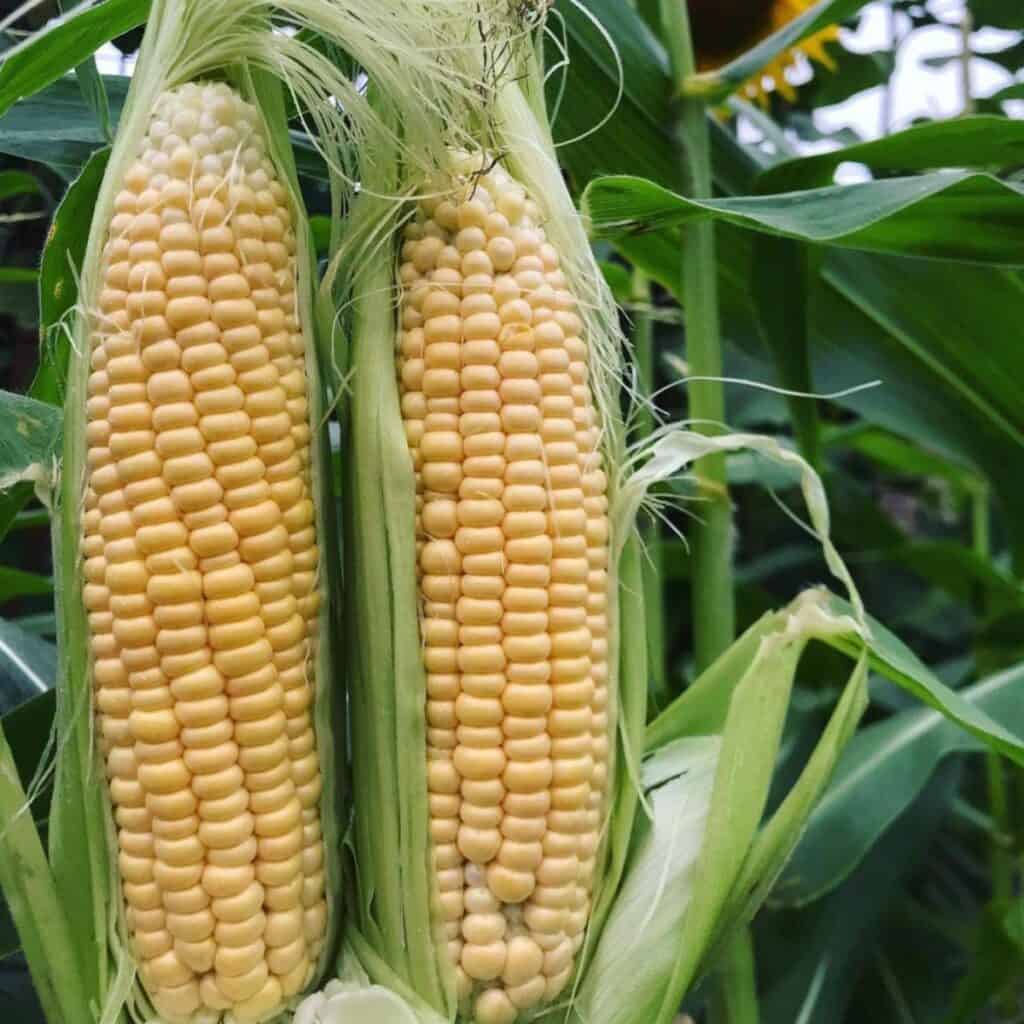

The ideal growing temperature range for corn is 75–86 degrees Fahrenheit. Drink lots of water, particularly in the hot, dry months. Mulching the soil might aid in keeping it moist.
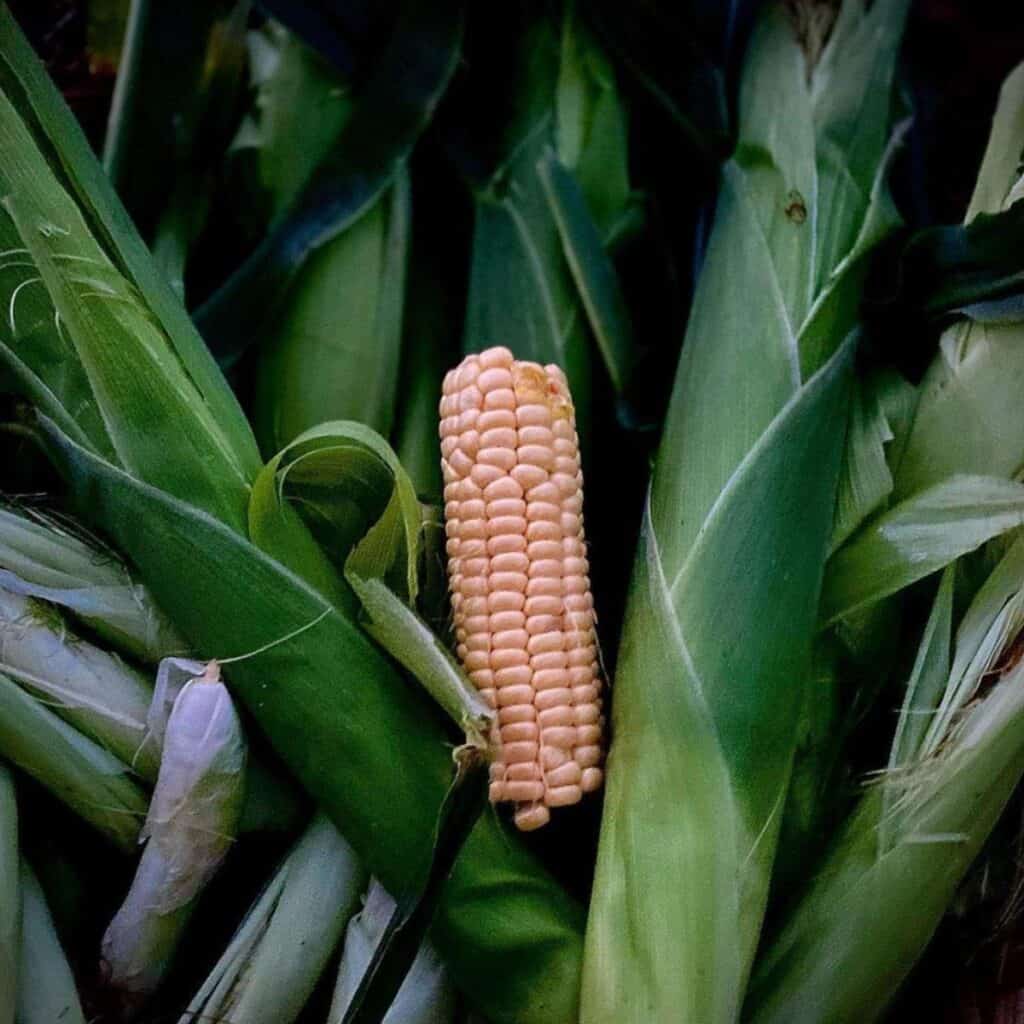

Select heat-tolerant cultivars such as ‘Honey Select’ or ‘Golden Bantam’ to achieve optimal performance in extremely hot weather. These cultivars yield wonderful, sweet ears even in the sweltering summer months.
For a successful crop, consider planting corn with other companion plants, such as beans and squash. Known as the “Three Sisters,” this trio makes the most of the garden area while encouraging one another.
Keep an eye out for pests like corn earworms and aphids. Regular inspections and natural pest control methods can help keep your corn healthy.
Understanding The Needs Of Hot Weather Vegetables
For hot-weather vegetables to thrive, they need the right soil conditions and proper watering techniques. Knowing how to match these requirements enhances your chances of a bountiful harvest.
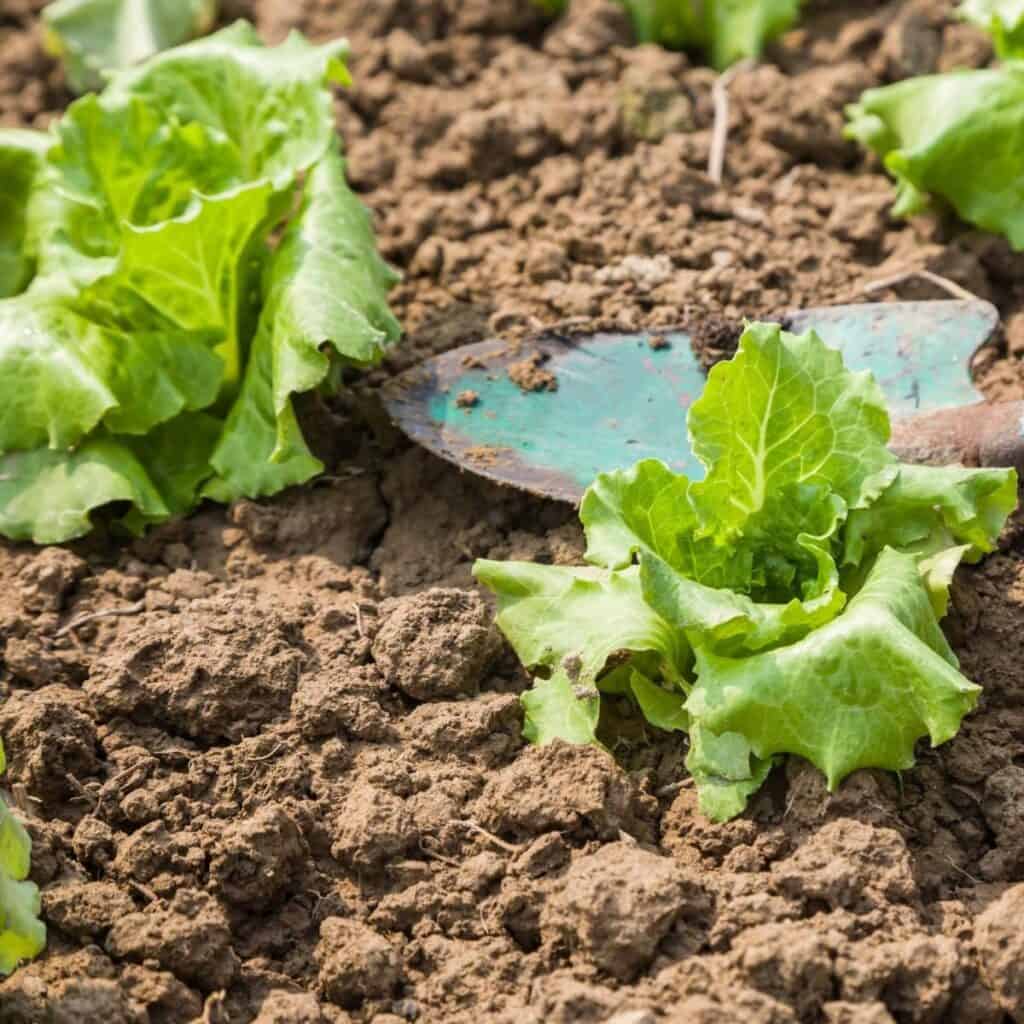

Soil Requirements
Hot-weather vegetables perform best in well-draining soil. They need soil that doesn’t retain water but allows excess moisture to seep away.
This helps prevent root rot, a problem in hot climates. Consider using sandy or loamy soil, as these types are less likely to become waterlogged.
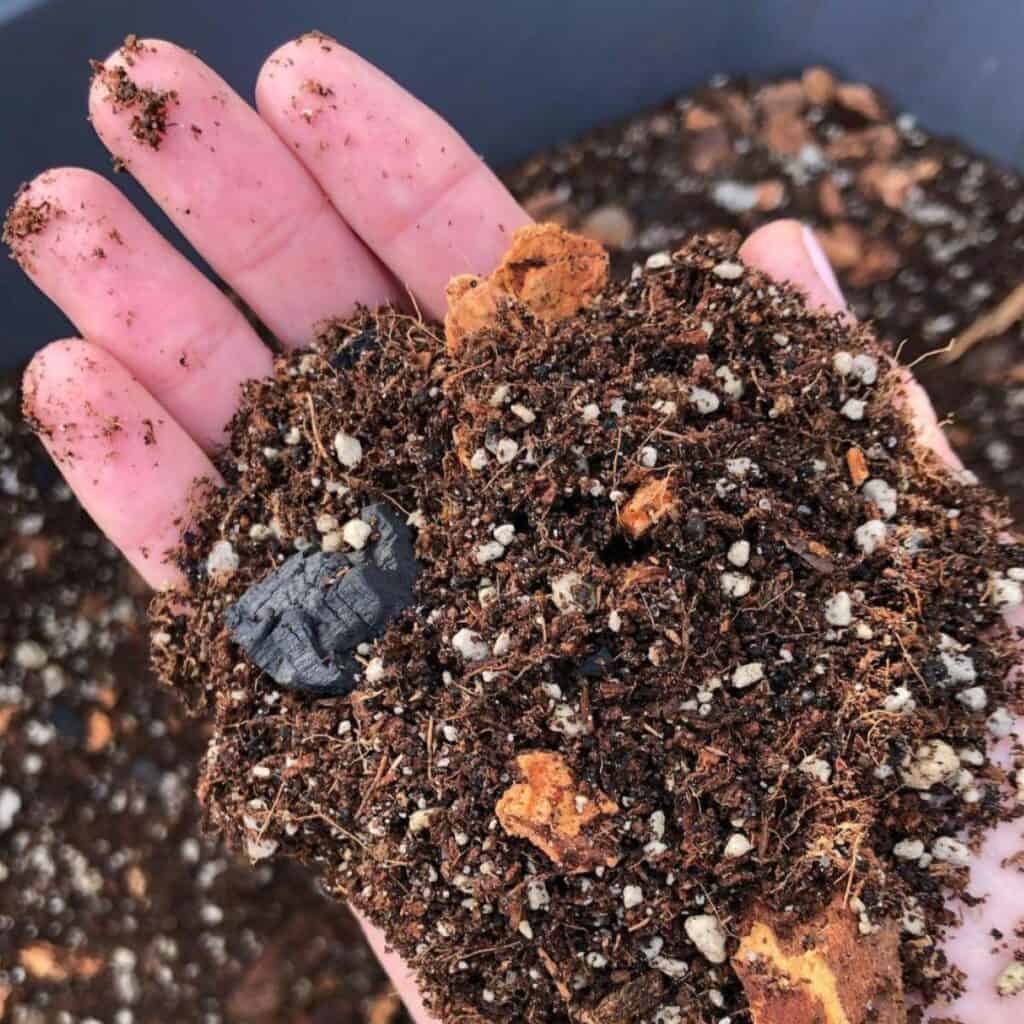

You can improve your soil by adding organic matter. Compost, aged manure, and leaf mold increase soil fertility and structure.
A soil pH between 6.0 and 7.0 is ideal for most hot-weather vegetables. Use a soil test kit to check and adjust the pH if needed.
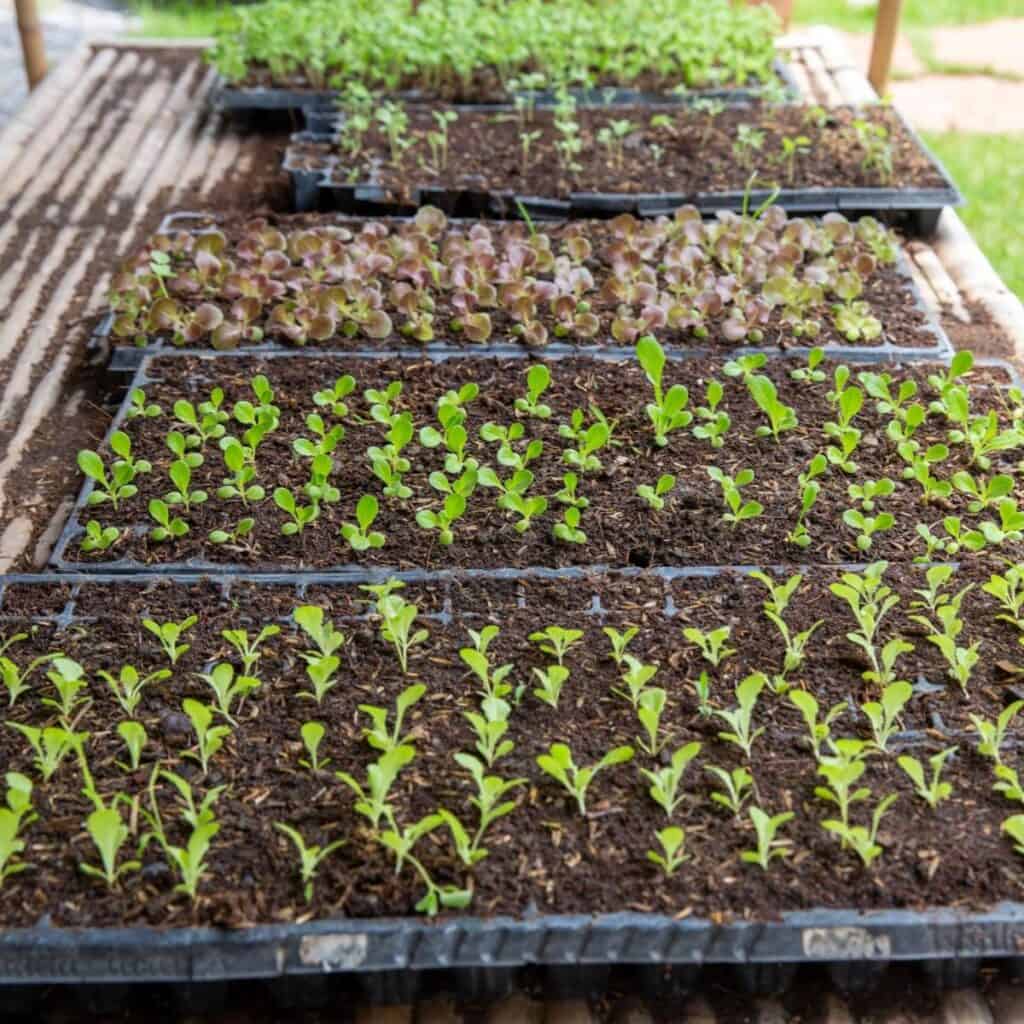

Mulch your soil to help retain moisture and regulate temperature. Organic mulches, like straw or wood chips, are effective. Mulching also helps suppress weeds, which can compete with your vegetables for nutrients and water.
Watering Techniques
Proper watering is crucial for hot-weather vegetables. These plants need deep and consistent watering to develop strong root systems.
Water early in the morning to minimize evaporation and allow plants to absorb moisture before the day’s heat.


Consider using drip irrigation or soaker hoses. These methods deliver water directly to the soil, minimizing waste and keeping foliage dry. Wet leaves can promote disease, especially in hot and humid conditions.
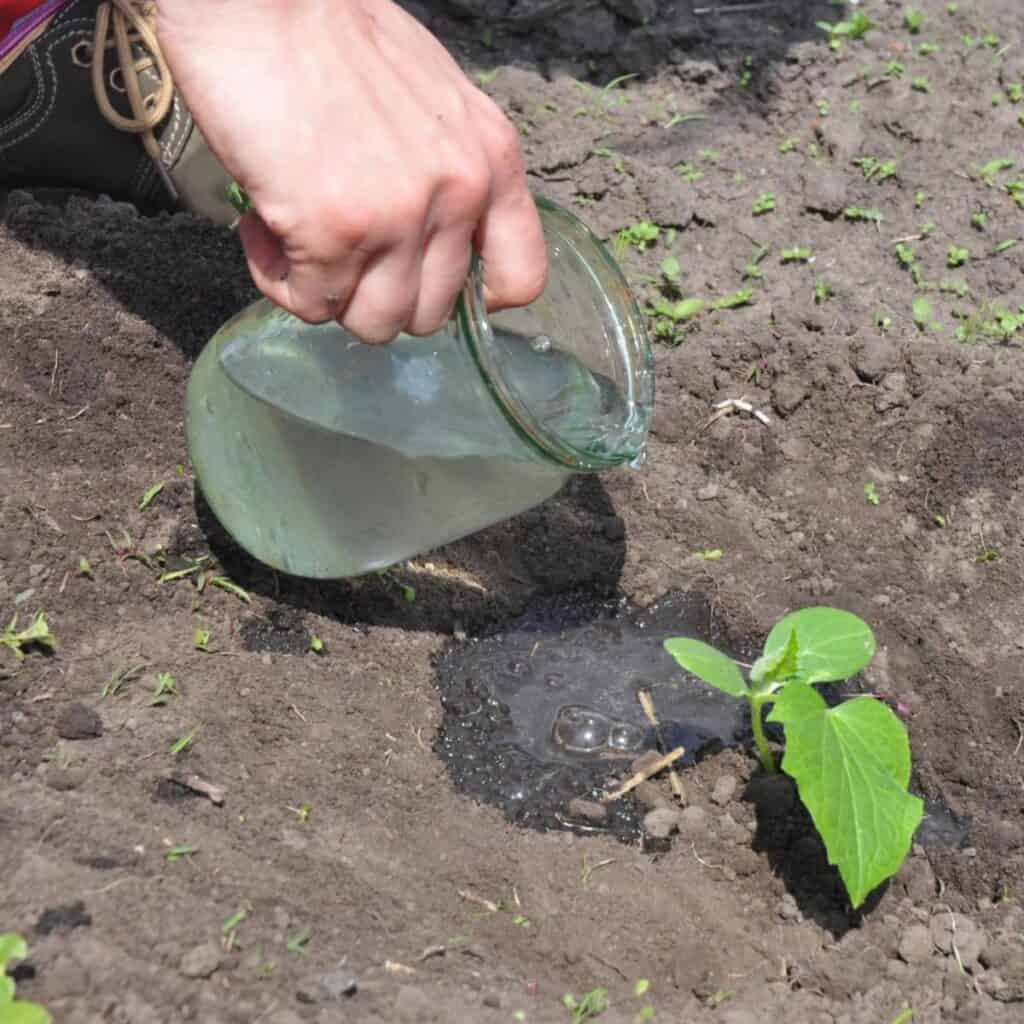

Monitor the moisture levels in your soil regularly. Stick your finger a few inches into the soil; if it feels dry, it’s time to water.
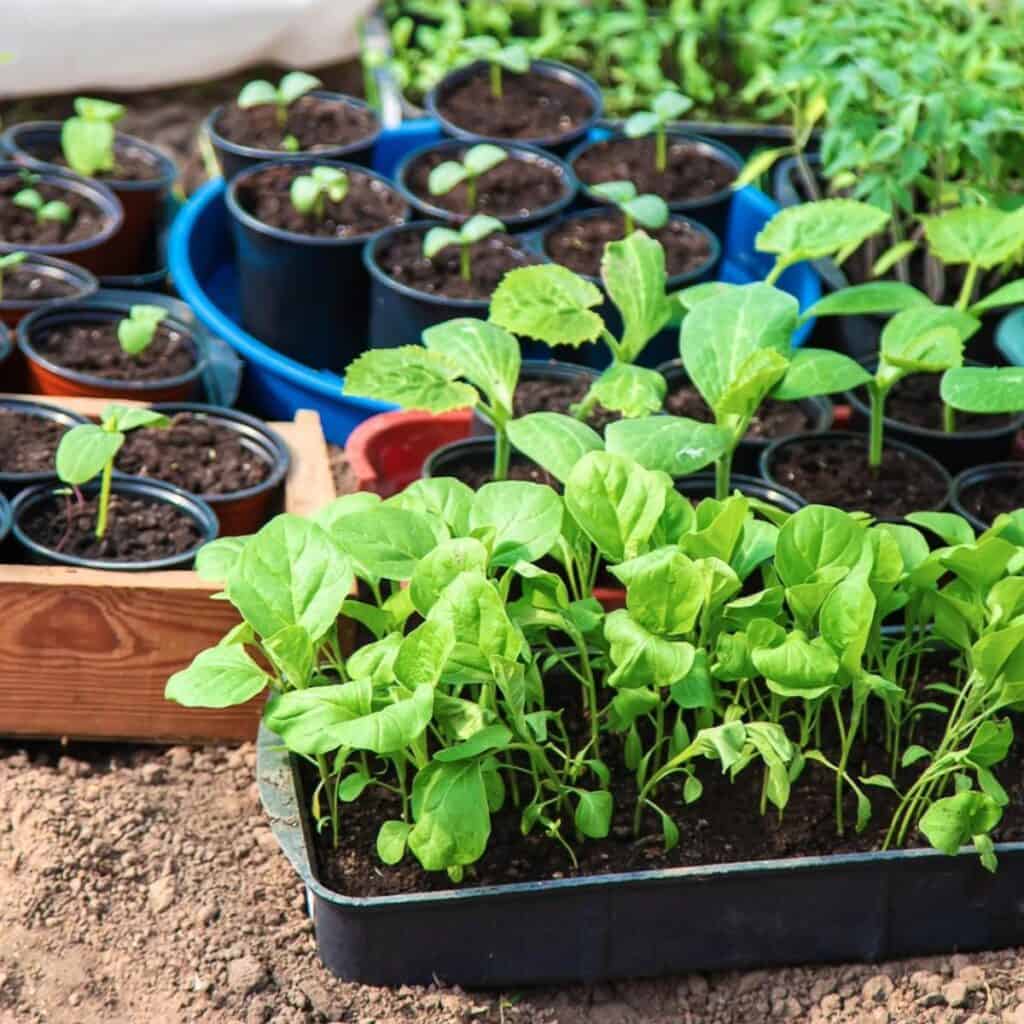

Be consistent, but avoid overwatering since this can lead to root rot. Pay special attention to newly planted vegetables, as they may need more frequent watering until established.
Tips For Planting Vegetables In Sweltering Summer Heat
To grow vegetables successfully in hot weather, you need both the right location and smart planting strategies. These tips will help ensure your garden thrives even during scorching temperatures.
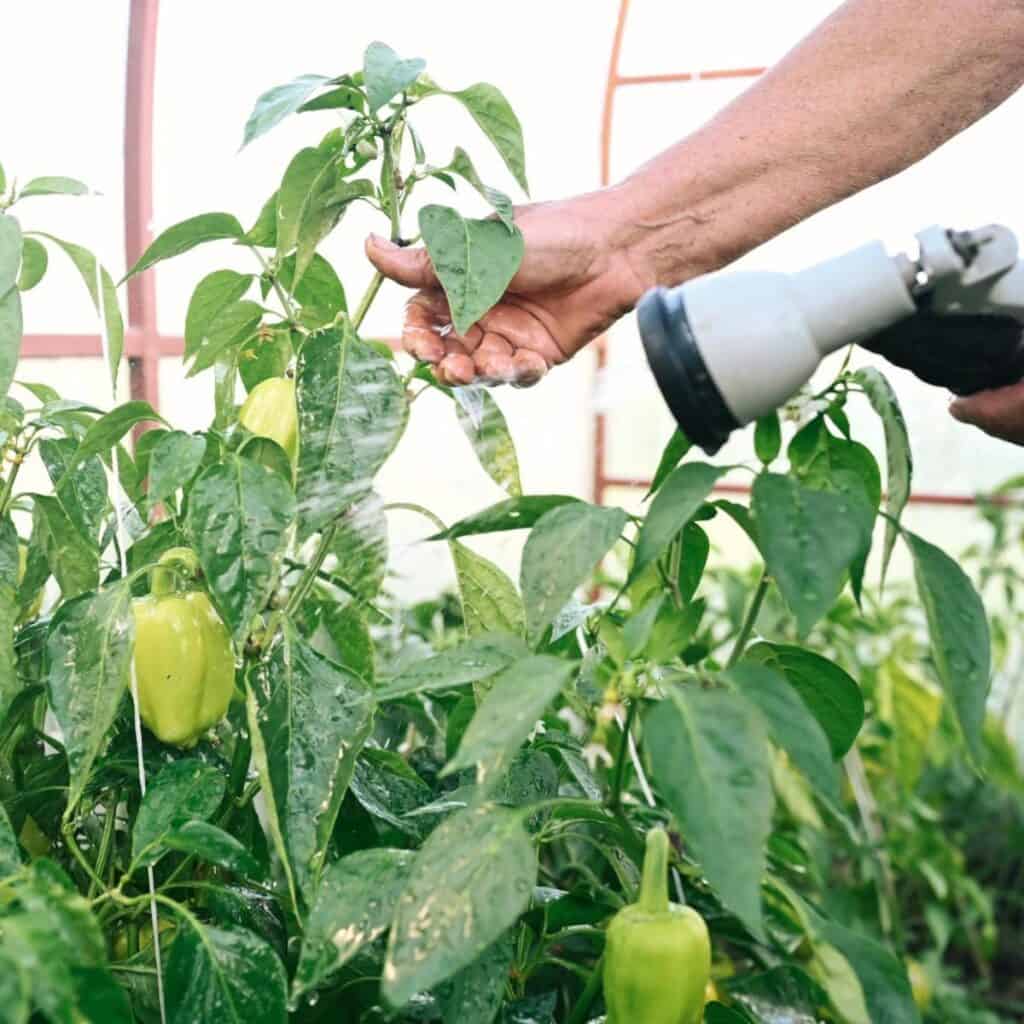

Choosing The Right Location
When selecting a spot for your garden, consider areas that get ample sunlight. Most hot-weather vegetables, like okra and cucumbers, require full sun, which means at least 6-8 hours of direct sunlight daily. Make sure to choose a location free of larger plants or buildings.
Soil preparation is another key step. Use well-draining soil and add organic matter such as compost to keep the soil rich and fertile. This will help retain moisture and nutrients, making it easier for the plants to thrive.
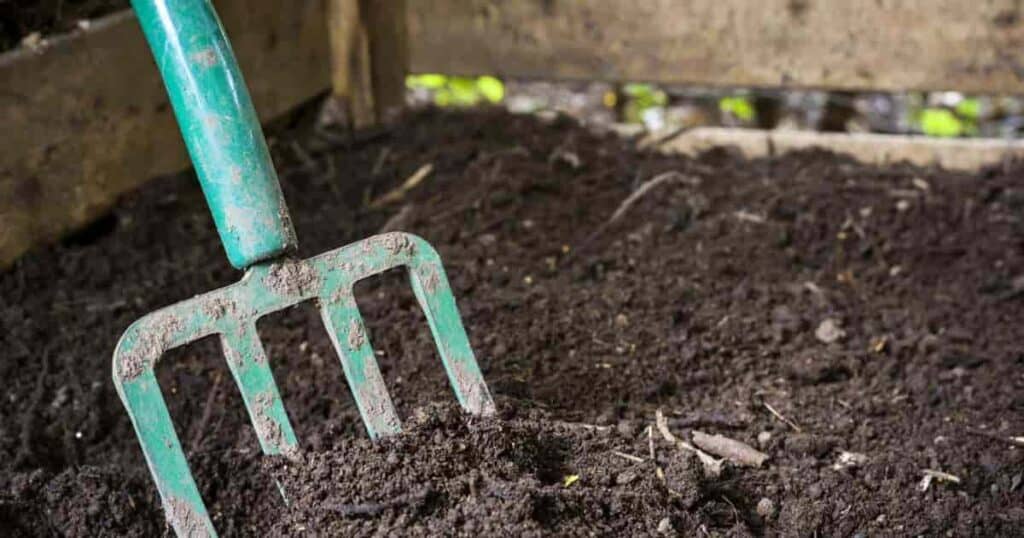

Elevation and air circulation are also important. A slight incline can help with water drainage, preventing waterlogging. Ensure the area has good airflow to minimize the risk of fungal diseases, which can flourish in hot, humid conditions.
Cover the soil with mulch, like straw or wood chips, to reduce evaporation and keep the soil cool. This is especially vital during heat waves.
Companion Planting Strategies
Use companion planting to make the most of your garden space and improve plant health.
Planting herbs like basil and oregano alongside vegetables such as tomatoes can help deter pests naturally. Herbs release aromas that confuse insects, making them less likely to target your vegetables.
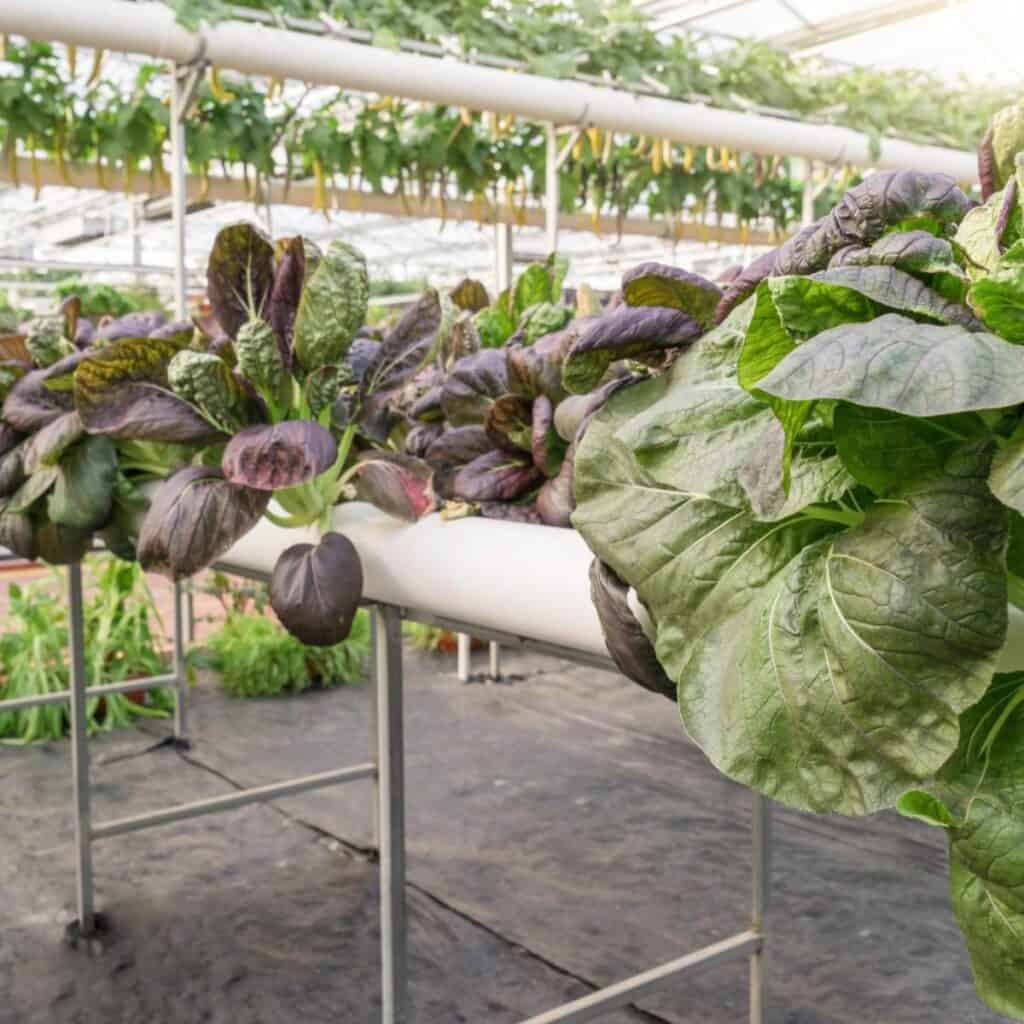

Shade-tolerant plants, like leafy greens, can benefit from taller plants providing shade.
For example, growing kale or lettuce under okra or corn can shield them from the direct, intense sun while allowing them to get enough light to grow.
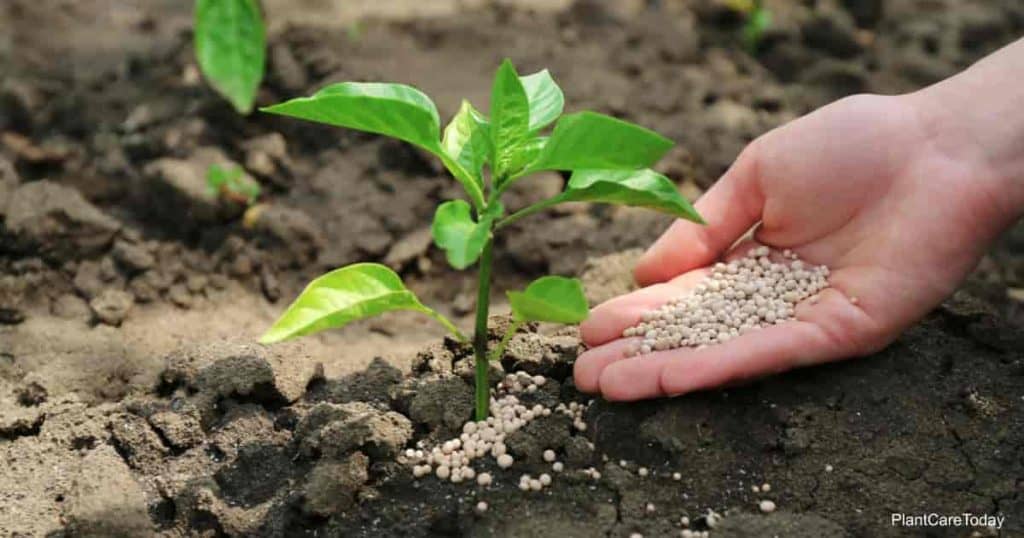

Planting nitrogen-fixing plants, such as beans or peas, near heavy feeders like tomatoes can enrich the soil. These plants convert atmospheric nitrogen into a form that other plants can use, reducing the need for synthetic fertilizers.
Always ensure you keep a consistent watering schedule. Water deeply but less frequently to encourage deep root growth. Early morning watering minimizes evaporation and gives plants a good start to the day.
Maintaining Vegetable Health During Extreme Heat
To keep your vegetables healthy during extreme heat, focus on pest control and effective mulching techniques.
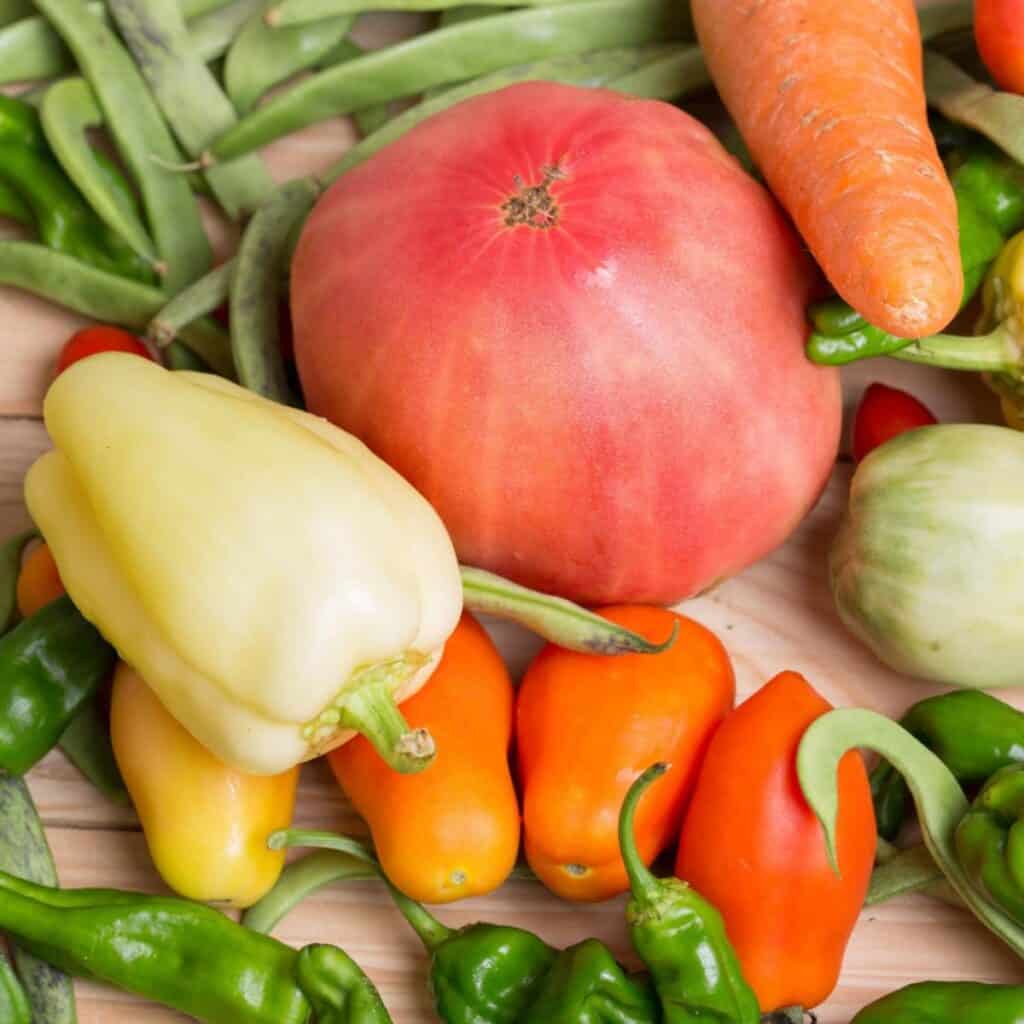

These strategies help reduce stress on plants and ensure a bountiful harvest even in sweltering conditions.
Pest Control
Extreme heat can attract pests that stress plants further. Check your garden daily for signs of pests like aphids, whiteflies, and spider mites. Use natural repellents like neem oil to keep them at bay.
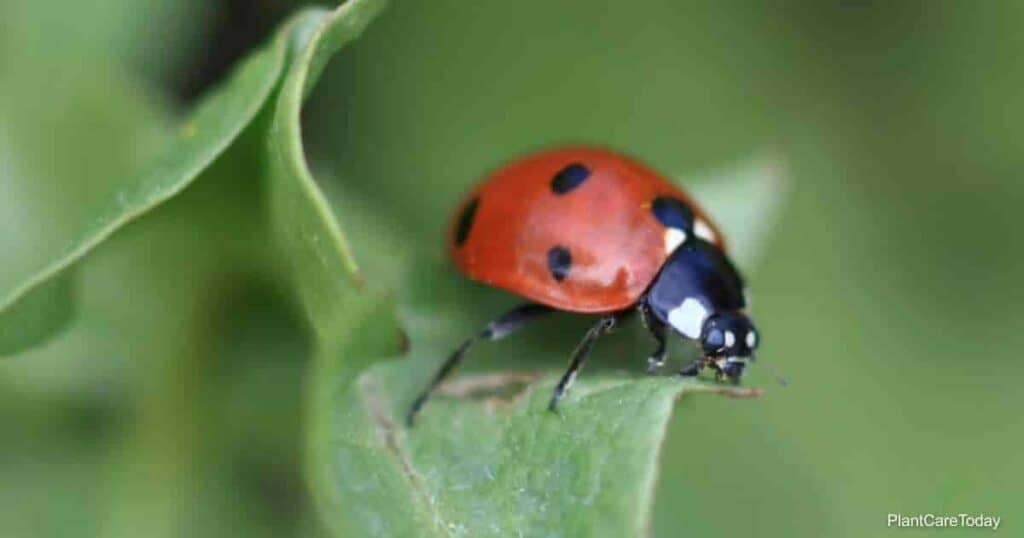

Encourage beneficial insects like ladybugs and lacewings, which prey on harmful pests. Planting flowers such as marigolds can attract these helpful insects. Remove any affected leaves or plants promptly to prevent pests from spreading.
Rotate crops each season to avoid creating a habitat for pests that target specific vegetables. Changing what and where you plant will disrupt pest life cycles.
Lastly, consider using floating row covers. These lightweight fabrics can protect young plants from insects while allowing sunlight and water to reach them.
Mulching Tips
Mulching helps retain soil moisture and reduce temperature fluctuations.
Organic mulches like straw, grass clippings, and shredded leaves are good choices. Spread mulch about 2-3 inches thick around the base of plants to insulate roots and minimize water evaporation.
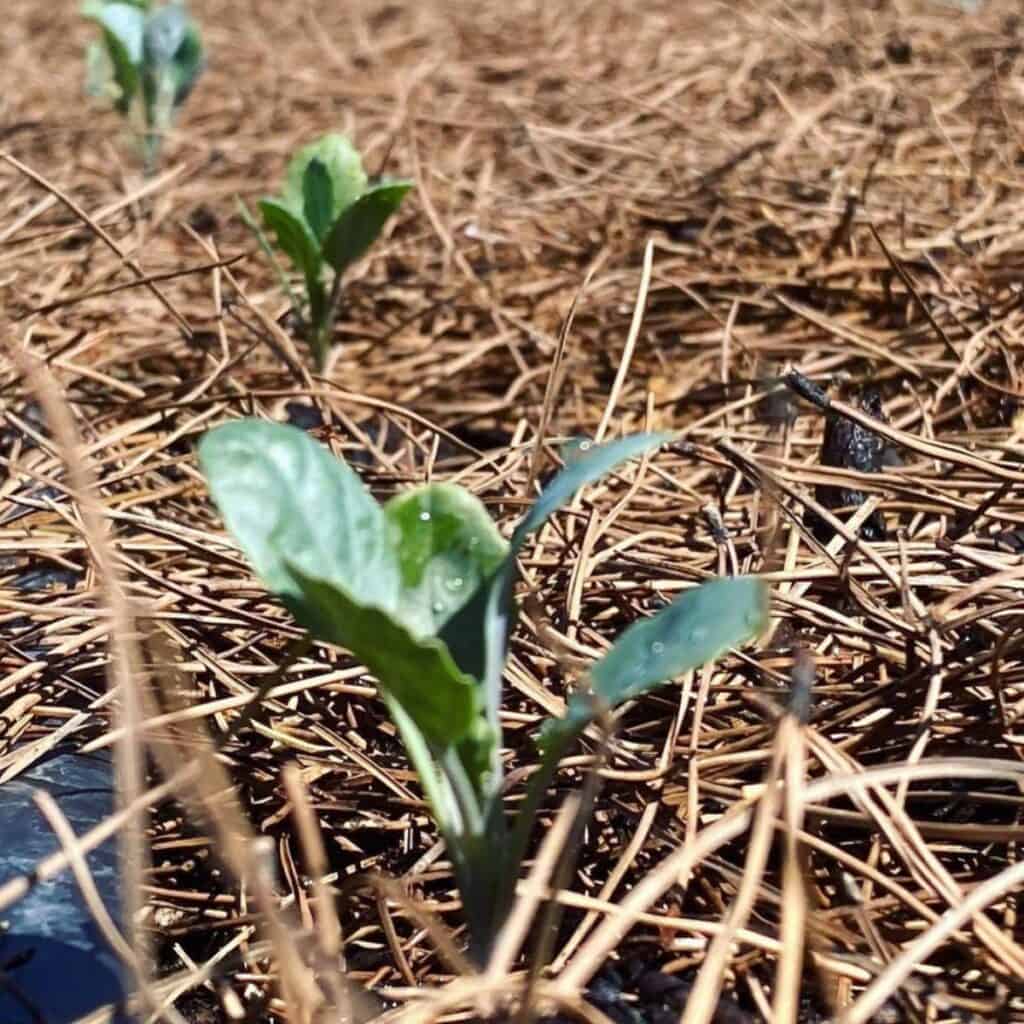

Use light-colored mulch to reflect sunlight, keeping the soil cooler. Dark-colored mulches can absorb heat, which might stress plants further.
Reapply mulch as needed to maintain depth because it can decompose over time. Make sure to leave a small gap around the stems of your plants to prevent rot.
Mulching not only conserves moisture but also helps prevent weed growth. Weeds compete with your vegetables for water and nutrients, so controlling them is essential for maintaining plant health during extreme heat.
Frequently Asked Questions
Growing vegetables in hot weather can be challenging. Here are answers to some common questions that can help you successfully cultivate a thriving garden even in extreme heat.
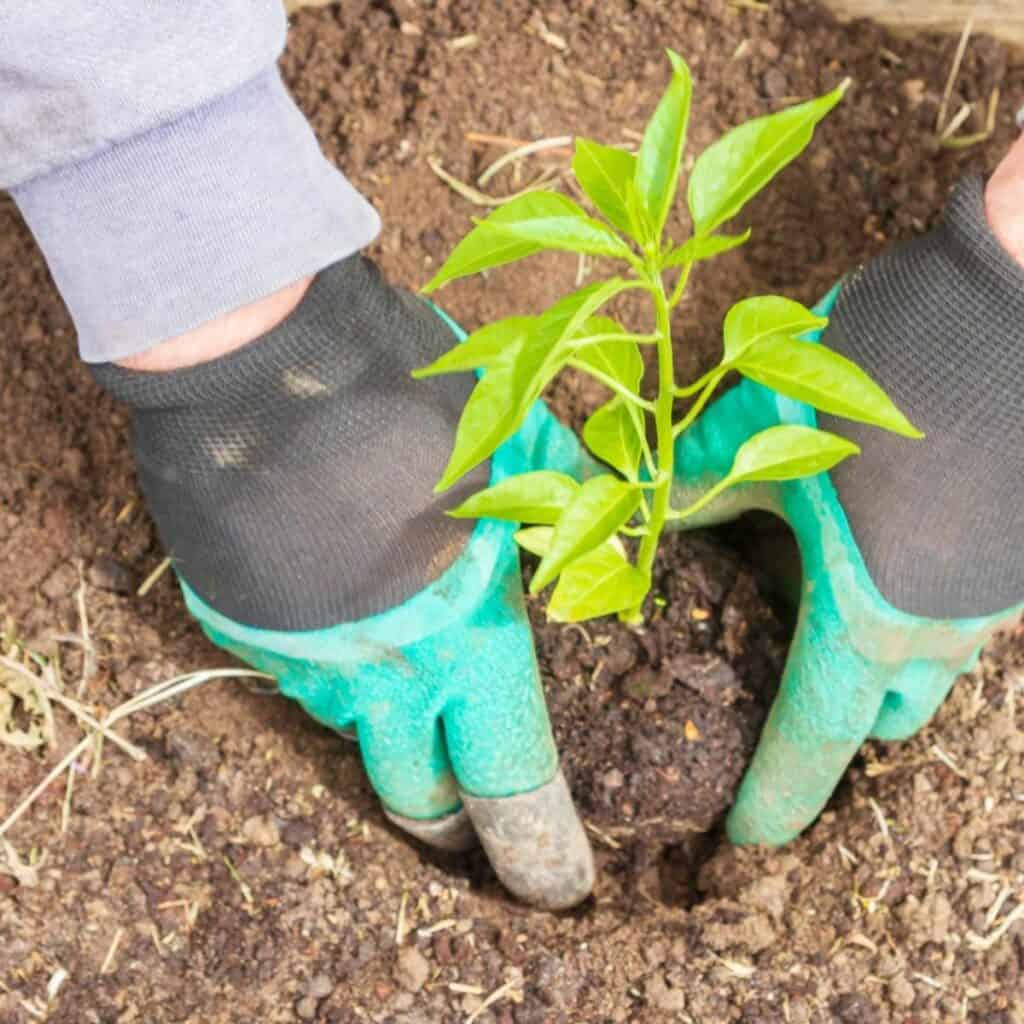

What are some drought and heat-tolerant vegetables I can grow?
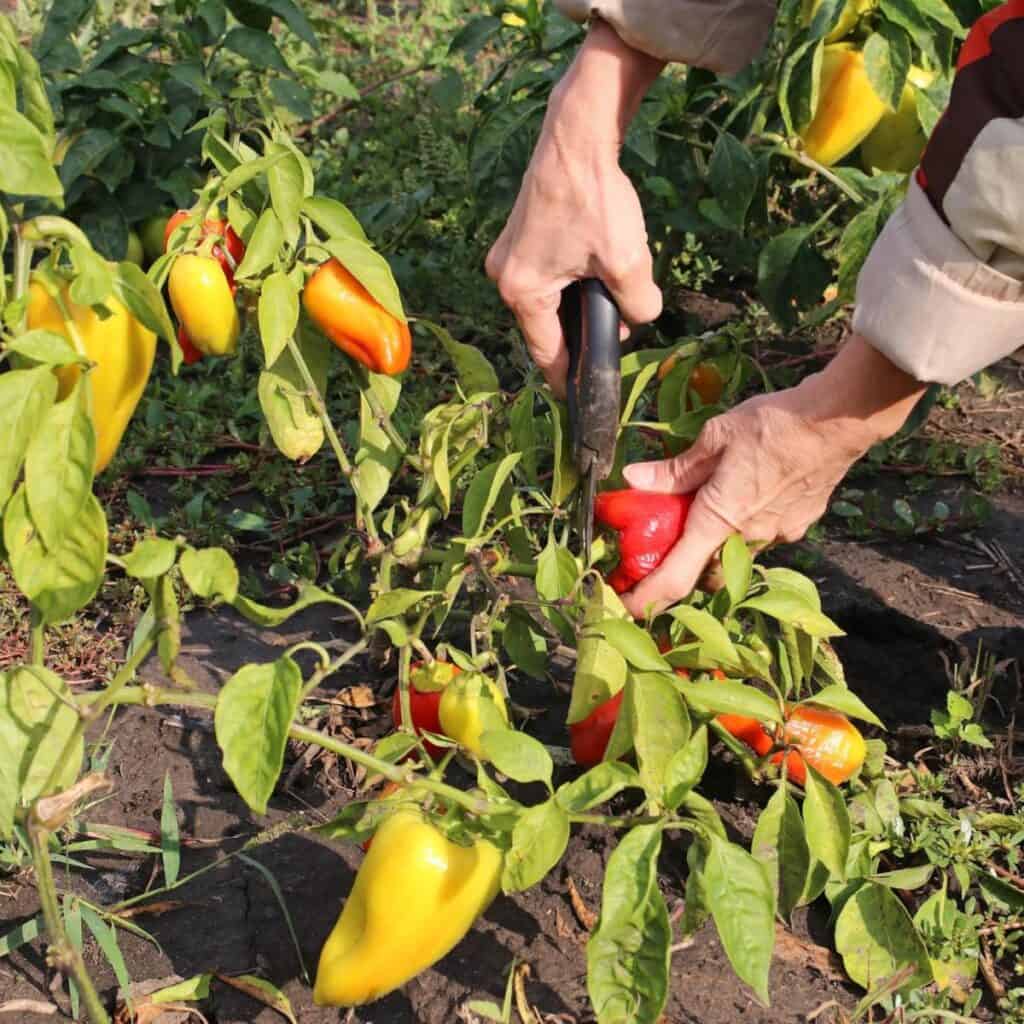

- Vegetables like tomatoes, peppers, and eggplants are known for their ability to withstand drought and heat.
- Mustard greens, particularly Green Wave and Golden Frill varieties, are also highly resilient in warm climates.
Which vegetables can survive and produce in 100-degree Fahrenheit weather?
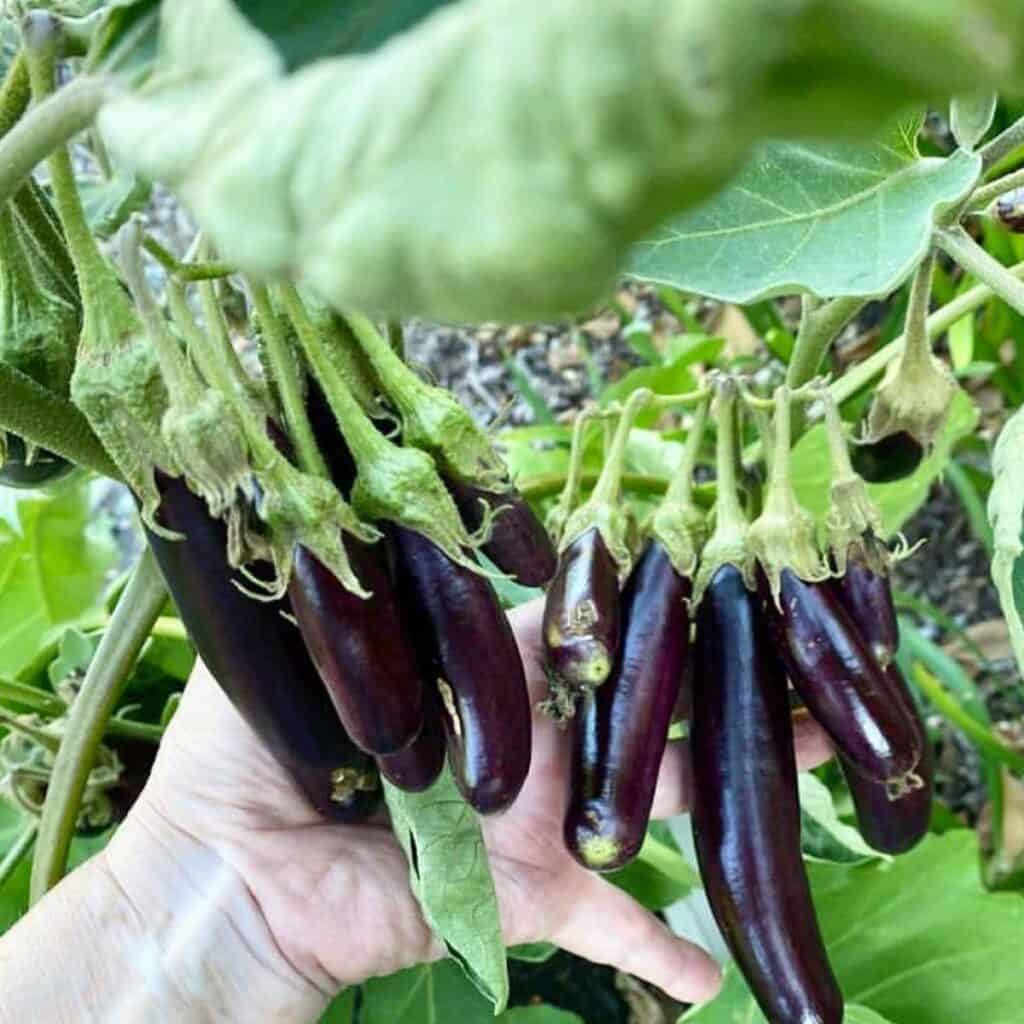

- Eggplants and okra are particularly suited for high temperatures. They thrive even when the mercury hits 100 degrees Fahrenheit.
- Other options include cucumbers and certain heat-tolerant varieties such as ‘Sweet Success.’
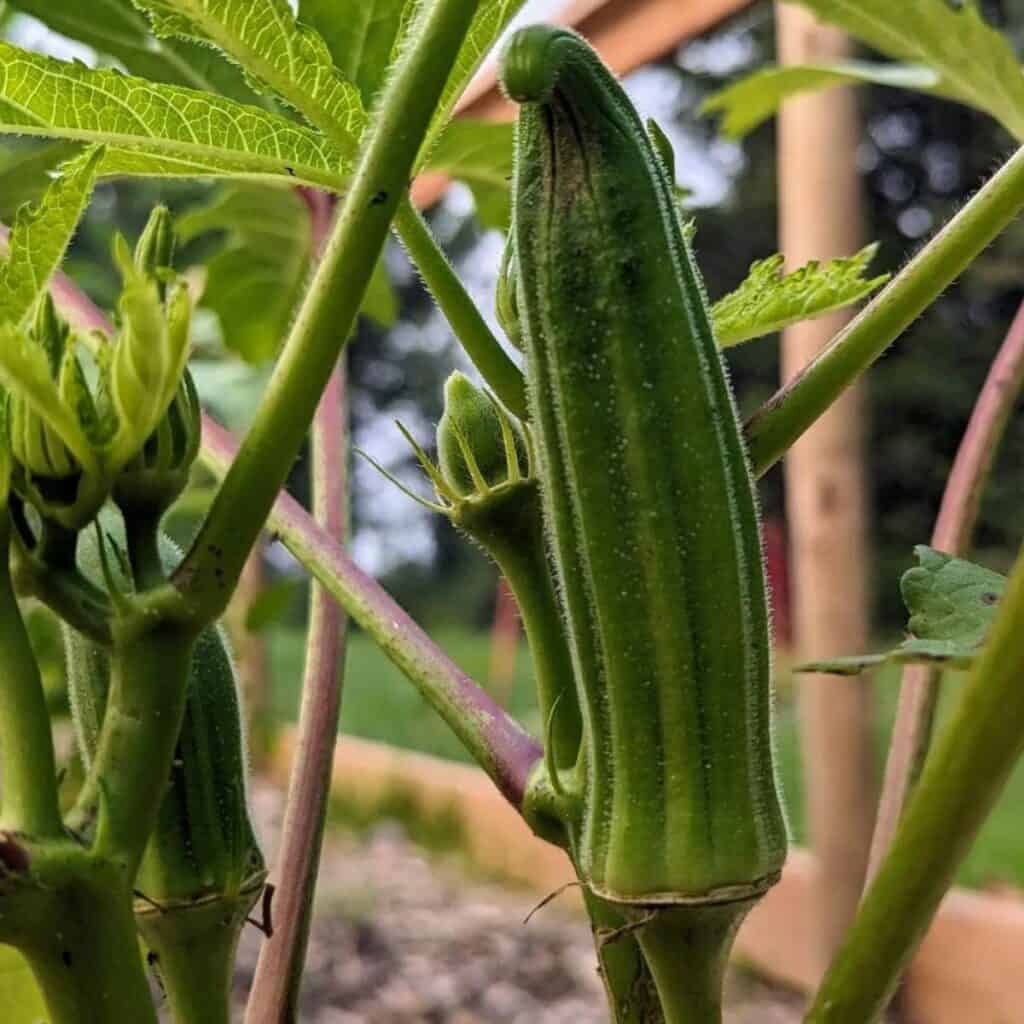

Can you suggest vegetables suitable for cultivation in hot, humid conditions?
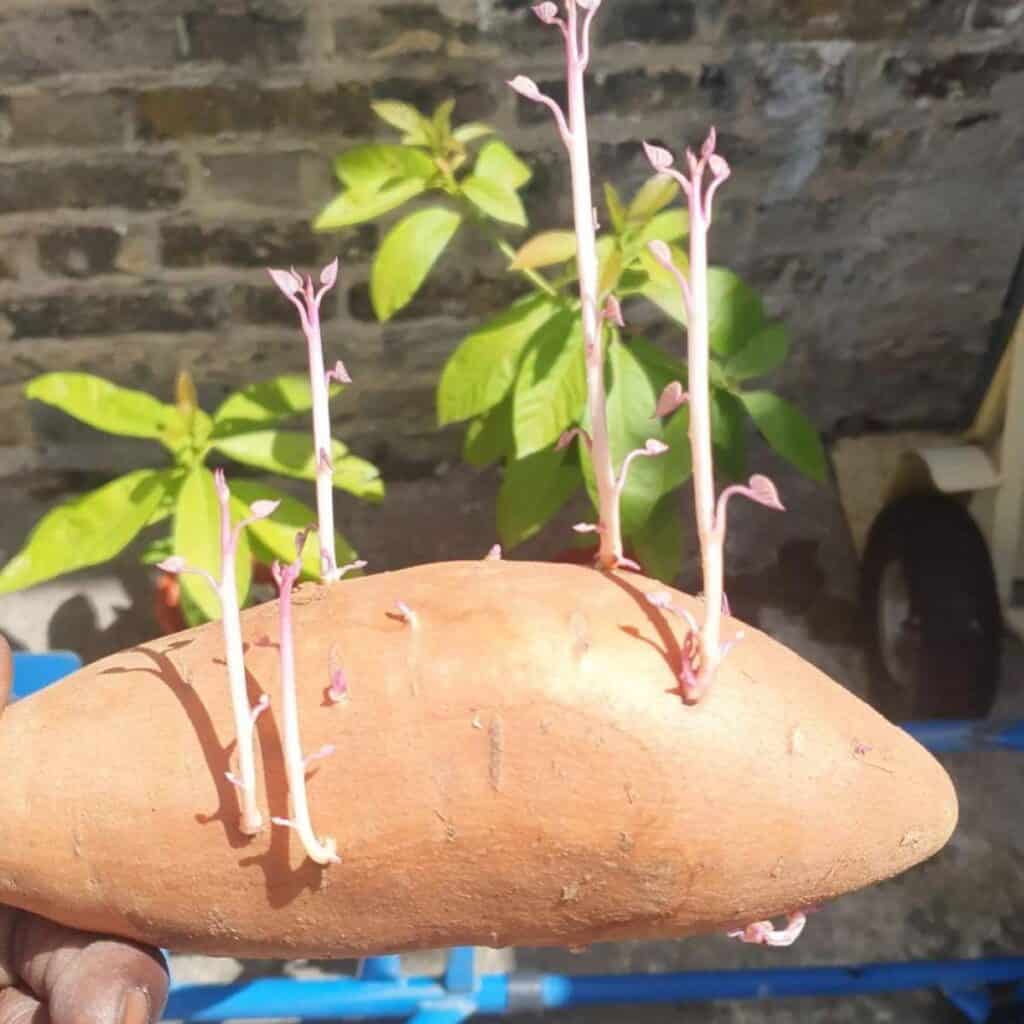

- Malabar spinach and sweet potatoes do well in hot, humid conditions.
- Their ability to tolerate both high heat and humidity makes them perfect for regions with sweltering summers.
What container of vegetables best suits areas with full sun and high temperatures?
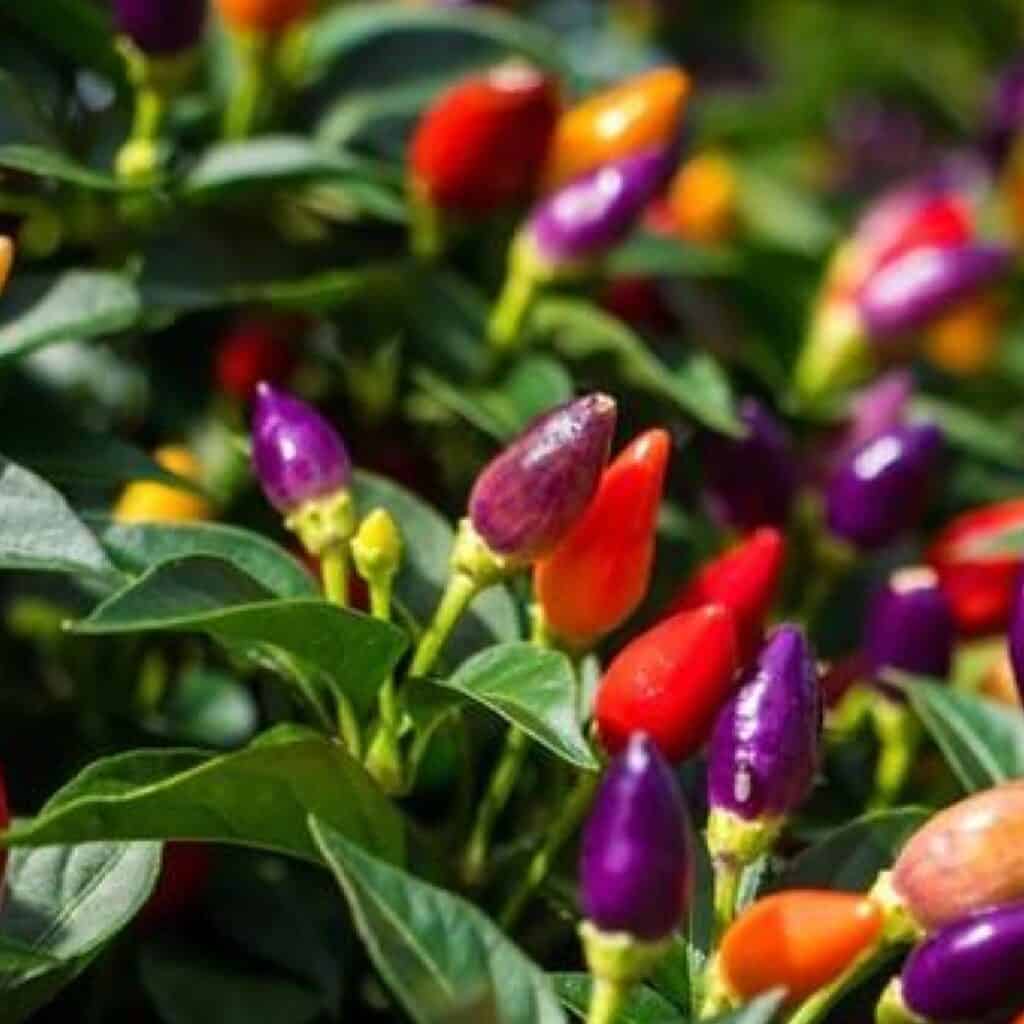

- Tomatoes and peppers are excellent choices for container gardening in full sun.
- Containers should be watered more frequently to prevent soil from drying out. Varieties like ‘Straight Eight’ cucumbers are also well-suited for this method.
How should one cultivate vegetables in regions with predominantly hot climates?
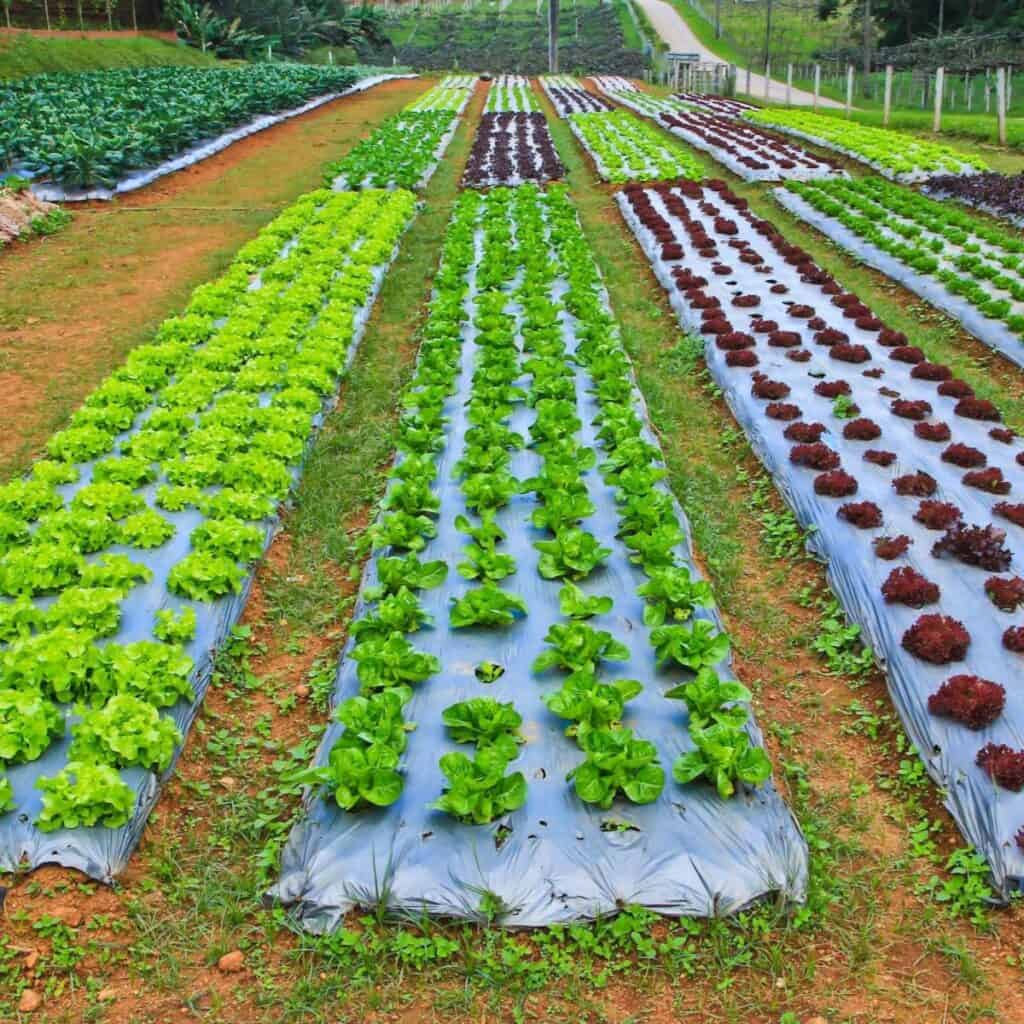

- Consistent watering and mulching are key to protecting your plants from extreme heat.
- Positioning your garden to receive morning sun and some afternoon shade can also help. You might need to water container plants daily when temperatures are very high.
What plant varieties are known for enduring and flourishing in extreme heat conditions?
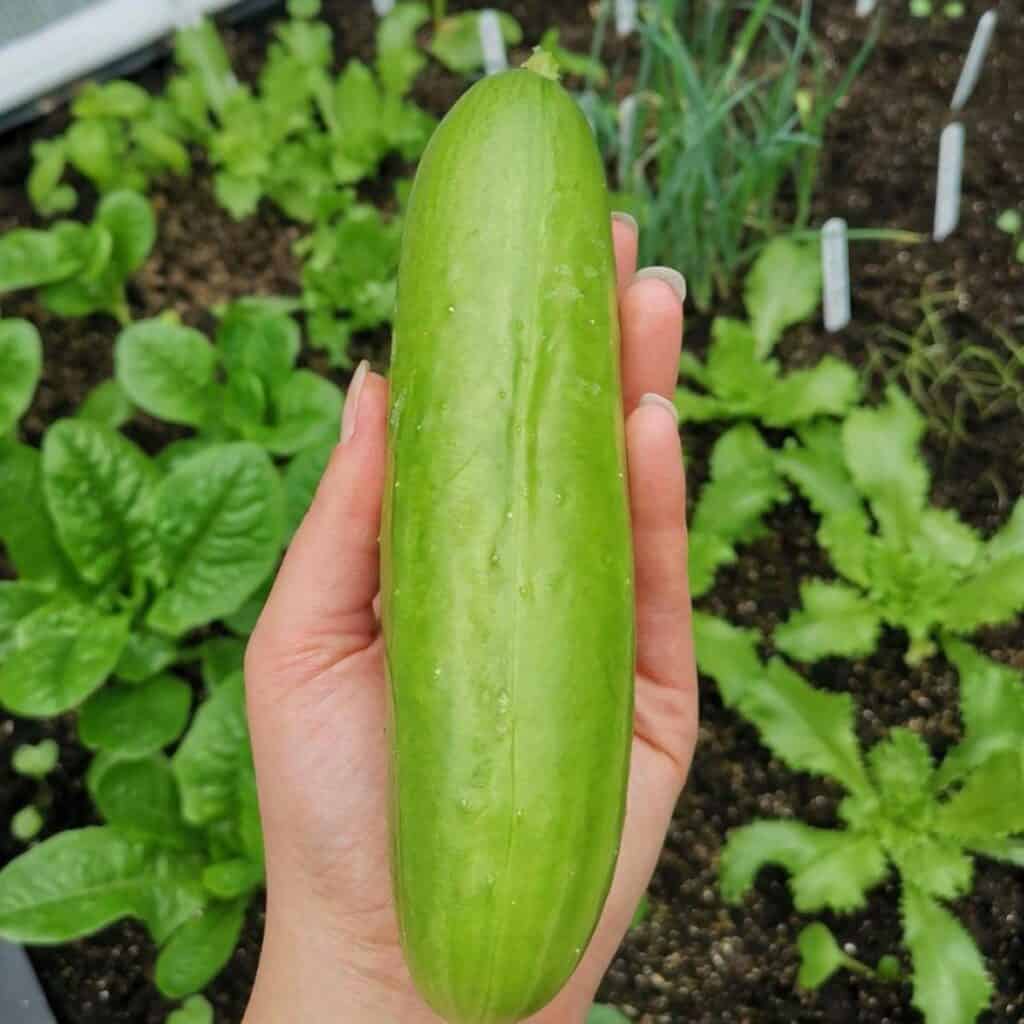

- ‘Boston Pickling’ cucumbers and ‘Eureka’ cucumbers are known for their heat tolerance.
- Eggplants, among the nightshades, are particularly heat-loving. They thrive best in temperatures between 70-85 degrees Fahrenheit but can also do well in the low 90s.
